Unexpectedly.
Suddenly
And challenge your "mettle".
Such is this case.
Some months ago, I was contacted by a person that had not shot before (this is important!). But had decided to get rid of invasive pests using an airgun.
So far so good, right? NOTHING out of the ordinary!
Well, because of the disruption of the supply trains of EVERYTHING due to the Pandemic, the ONLY gun he had found was a Hatsan FlashPup QE.
As far as I was concerned, he could have been talking in Martian! Hatsan? yes, check! I know they make guns, but have never taken them too seriously after venturing into one of their power-monster-springers.
And this guy was telling me he was happy with a PCP!
That he had been shooting squirrels and pesky birds.
But that now he needed a "scope or something".
Hmmmmmm, quickly look into the Hatsan lineup and yes, there are the PCP's; and there are the Flash'es; and there are the bullpup versions, ergo: FlashPups; BUUUUTTTTT, they have NO SIGHTS!
"Ehem, ehem, ehem, sorry, sir, but have you been shooting an airgun without ANY sighting equipment?"
"Yes, and I am hitting rather well, but by now the critters are learning that the "pfft" precedes the decease of a mate, and they have started to fly as soon as the window opens".
WOW! I must have been silent for more than a few seconds because the voice on the other side of the phone asked: "HELLLOOOO! You there still?"
"Yes, yes, yes, of course I am here it's just that you are the first person that I have met that has chosen to shoot a bullpup gun in 0.25" cal yielding well in excess of 28 ft-lbs without sights!"
and without skipping a beat he goes: "Yes, that is why I need some sort of sighting equipment, what do you have?, I live in Connecticut and I thought I would swing by and see what we can put on the gun"
Ooops!
"Sorry sir, we used to live in Connecticut, but we now live in Maryland. We moved about 4 years ago".
"Ahhhh, I really wanted to chat with you and see if you can teach me how to shoot properly"
Properly? this guy is hitting stuff without sights! What can anyone possibly teach him?
Anyway, to cut the story short, he mentioned that he had some issues with the gun, that, at first it had been shooting very well, but that a few weeks before something had gone wrong and he was not able to hit anything.
He suspected the gun needed cleaning, but he just could not find a way to do it.
Lots of questions with no answers till I could get my paws on the gun.
So . . . The gun was shipped and put in the queue. And as time passed, its turn came.
So we started talking again about the gun itself, the purpose and the future.
After a good conversation we agreed that I would test the gun and see if it was in any way "not 100%", and that after that we would agree on course of action.
Initial tests were somewhat disconcerting, the gun would yield 100 shots with more than reasonable consistency, but at too low power (under 10 ft-lbs). Yet, nothing seemed to be wrong with the gun.
After a few air top-ups with my battery driven compressor it became apparent that the tank was loose in the chassis.
So I took the gun apart and found that the looseness of the tank was really that the tank had backed OUT of the action and therefore the power was very low.
Two ORings had been "overenthusiastically" installed at the plant and the process had sheared off more than ½ section of each.
What a difference!
After the "fix" the power jumped to well over rated power
It is important to note that the rear connection is RIVETED, so it is better to disconnect the forward conneciton point (see above).
Once the trigger linkage was out of the way, we could access the screws that attach the tank to the action.
And the screws that govern the trigger behaviour.
While there are many plastic parts in this gun, that is not a low quality indicator on the parts.
What was low quality was the time dedicated to the assembly. There is no excuse for cutting ORings at the assembly point.
One thing I liked VERY much is the substantial bolt handle.
It brings back a familiar feeling long missed.
It was interesting, but not completely unexpected, to see the JSB's perform better than the others.
What was unexpected is that the Predators performed so much better than the Kings.
Now, given the MV's and the energies involved, I opted to suggest my new-found friend, an Opteck scope with a built in laser rangefinder, it is ideally suited to take shots at different things/distances with a stable platform, that will ensure a clean, quick and humane kill.
As a reminder, the Opteck scope was reviewed in the first take of this same title: "Nür fur Jäger"
The only update I've done to the system is that now a rechargeable battery is supplied:
If we compare the FPQE to the Talon:
Truth is they both handle well in the field.
There is not much forearm in the FPQE to put the scope's remote control, so it had to go to the back, where the forward hand can come back and push the rangeing button.
Because of weight distribution, I decided to mount the smart mount "backwards" and this allows better mounting position and more latitude, should the owner decided to choose a different mounting position.
Yes, one is a single shot, the other is a repeater. PERSONALLY, I don't value that aspect too much, but to each his own.
There is a fair amount of pellets available in the caliber, but the gun seemed to prefer pellets in the 25-27 grains region; too light and it would not develop more MV, too heavy and the same would happen.
Probably, this makes these guns prime candidates for regulation. But usually, that causes a drop in ME.
With the size of the tank in this gun, it seems quite possible that a proper regulation could be performed as long as the barrel is swapped (and possibly the moderator altered).
HOWEVER, for the price point of this gun, I was very impressed at the uniformity and efficiency of the strings as long as the optimum weight for the valve setting was respected.
Don't know if I will ever do this, but it is an interesting idea.
If the proof of a pudding is in the eating, then the proof of a hunting gun is in the shooting.
Once the data was put into (the now de-published) PP-Calc, the trajectory showed this for the holdoffs:
Shot #2 @27 meters was also good, though the wind kicked in, the 0.25" cal is reasonably resistant to drift.
Shot #3 @ 43 meters showed that the wind drift resistance disappeared when the wind changed direction completely! however, the elevation for the shot was good.
Shot #4 @ 52 meters was bit affected by the wind, but it would have still been a good shot.
Shot #5 @ 12 meters was taken quickly (under 3 seconds) and just taking the time to rangefind and without focusing, taking the offhand shot. Was IMHO, a good shot.
The system therefore acquitted itself quite nicely.
For the time being, the rifle will be used with Kings, when the Predators become available, we will follow the same procedure and determine the proper hold-offs.
Having finished the technical side, it became necessary to solve one of the main worries: How to clean this gun?!
And the front end really should not be messed with much, any misalignment there will change the POI and you really do not want to do that.
So I decided to make my own solution:
This allows the "loop" to be inserted from the muzzle without any risk to the rifling and, especially, to the crown.
The loop can almost be retracted into the tube:
After 3 patches, you get a reasonably clean bore:
MTM (the ammo box people) make this case and it was interesting because it was just long enough and seemed sturdy enough for shipping and storing.
Some reviews criticize the case, but clearly they did not take the time to read the instructions and fit the straps.
Once you do what your gun needs, the case is sturdy enough, it won't allow the gun to move inside the case.
And so, the FPQE is going home. A different creature with more poise, more reach, and better behaviour:
Keep well and shoot straight!
HM
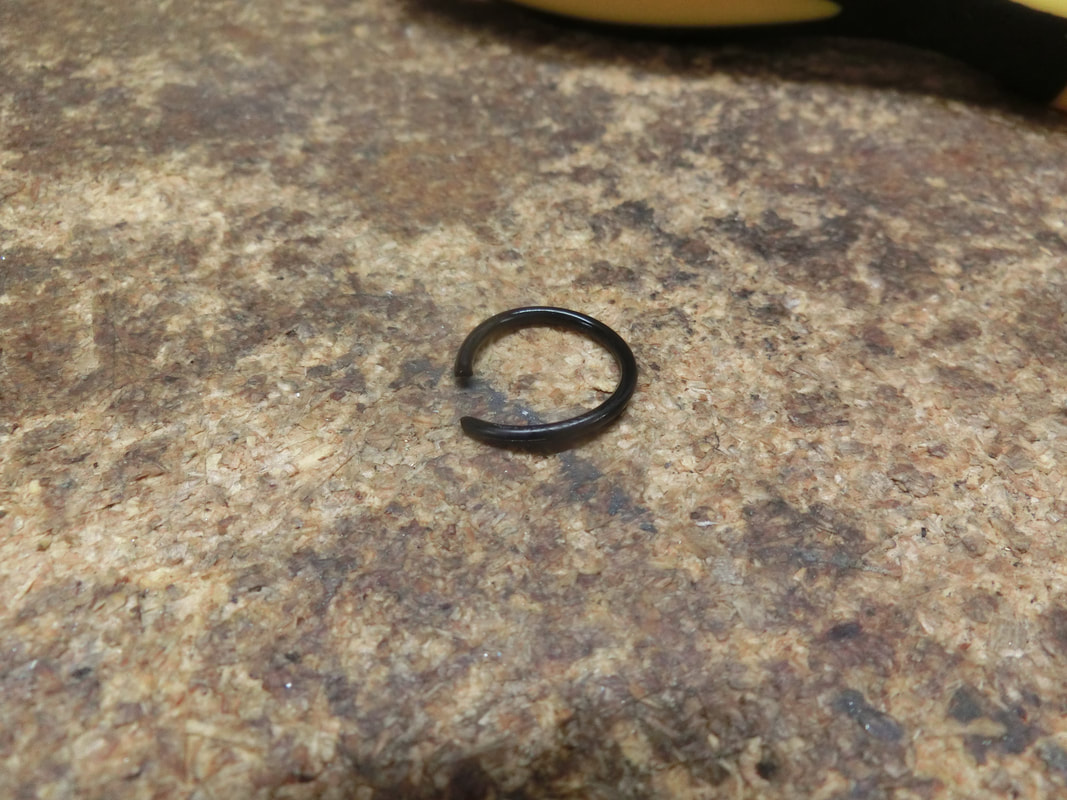

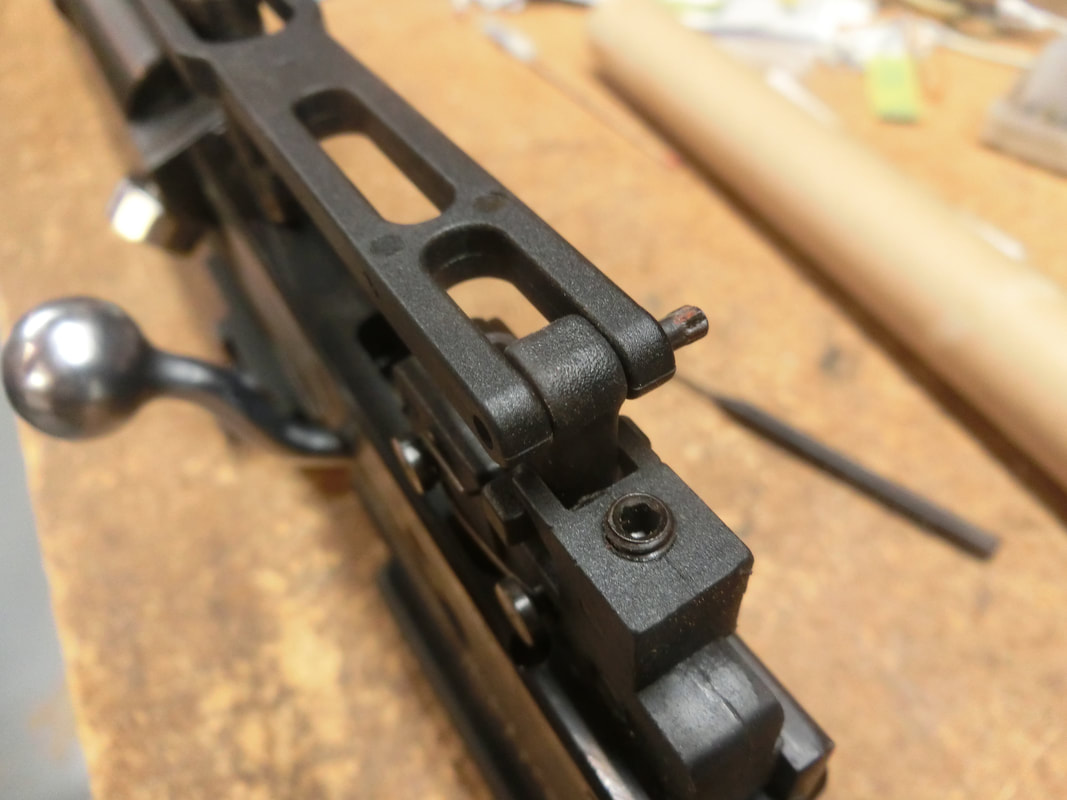
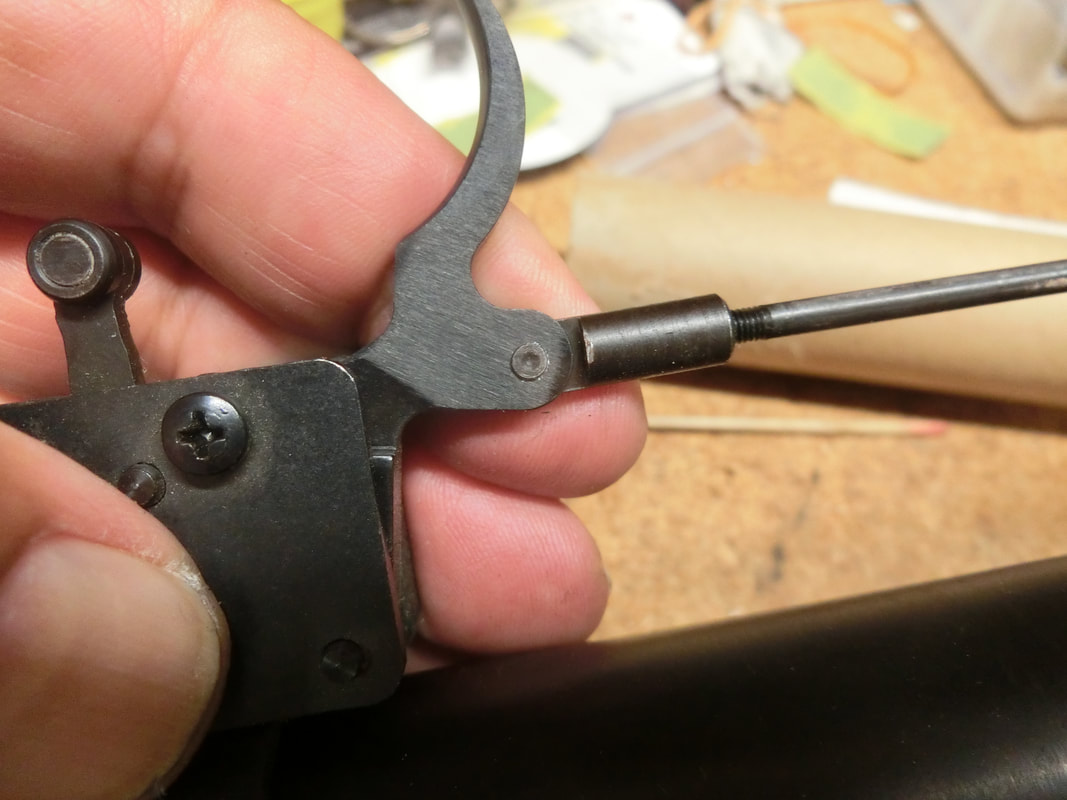
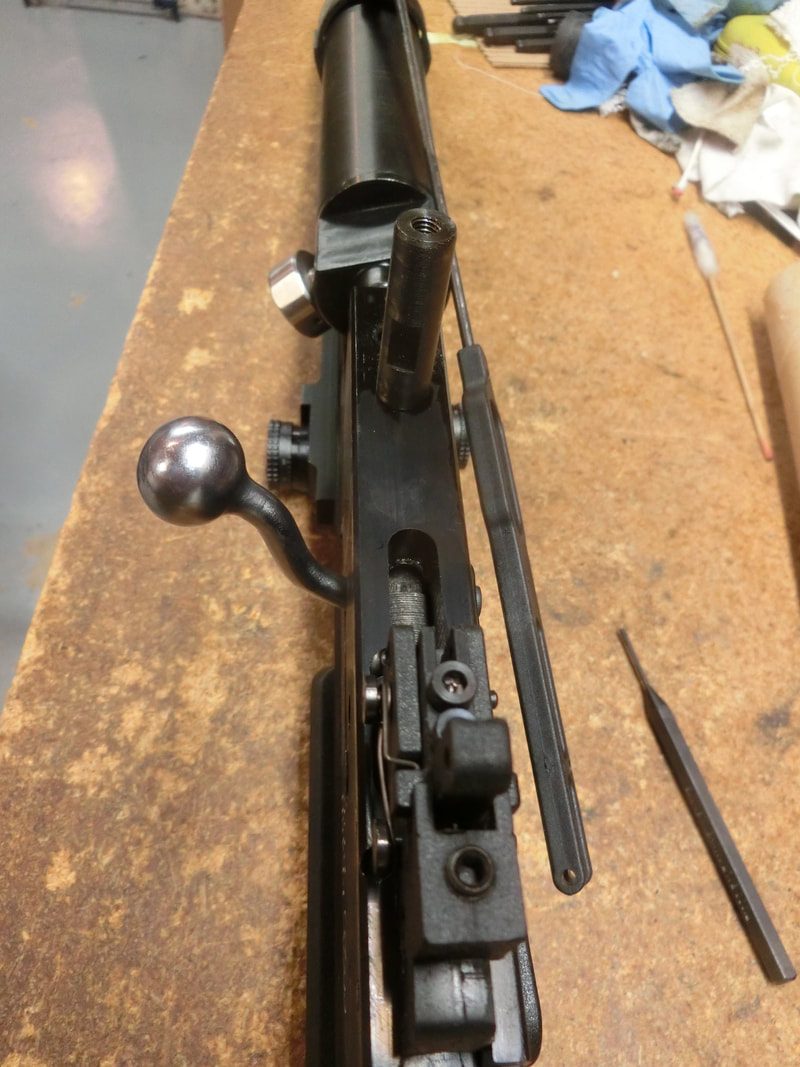
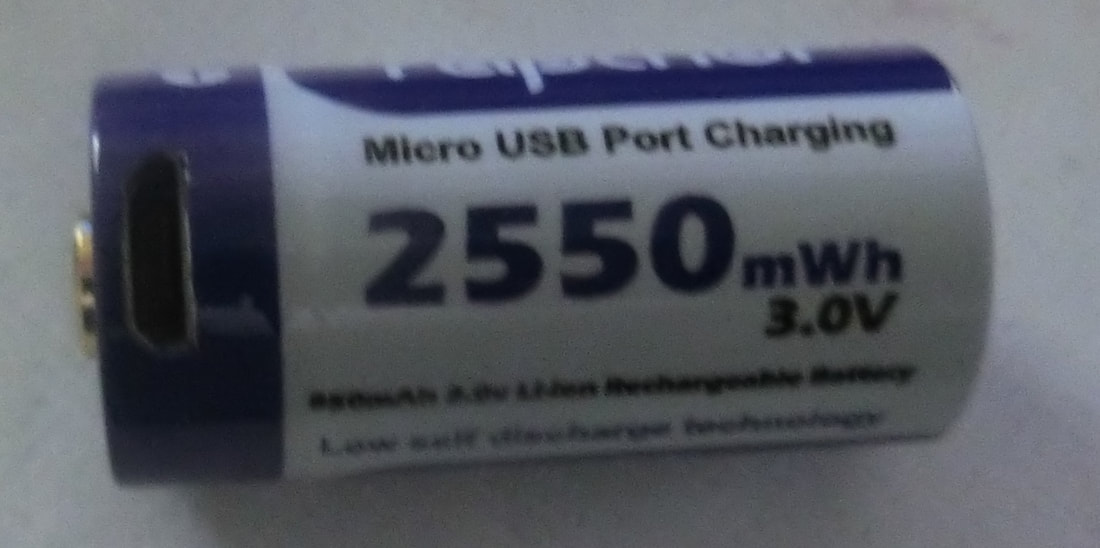
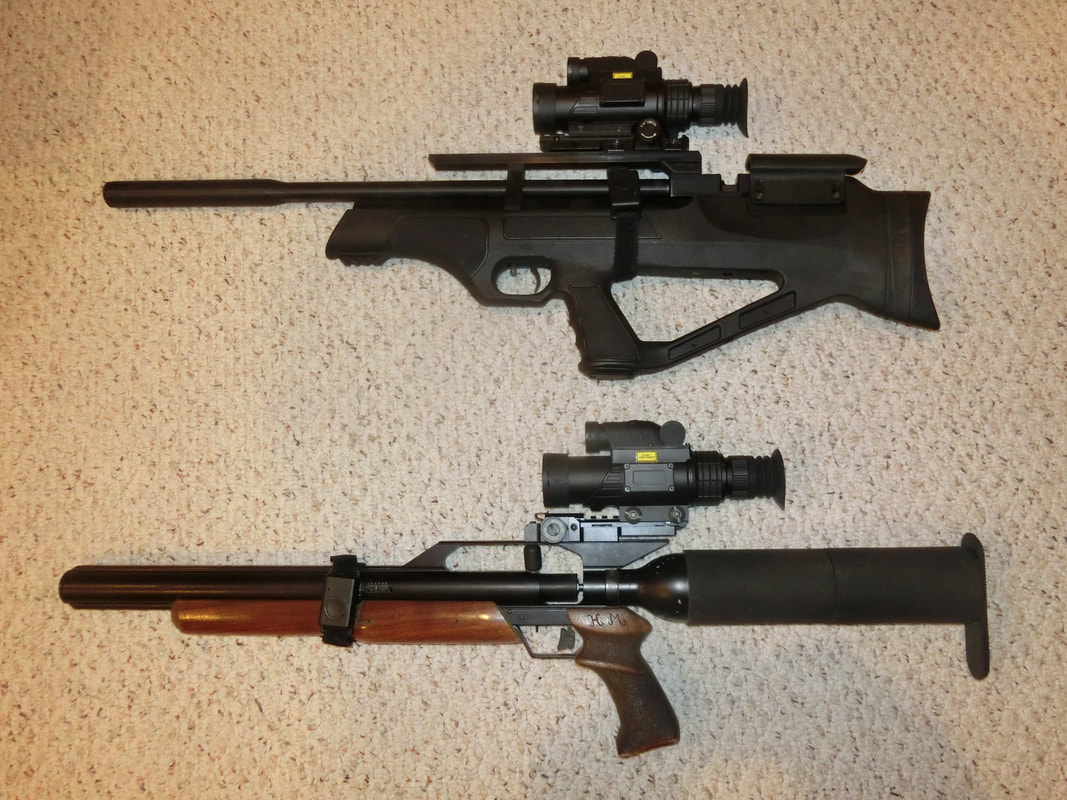
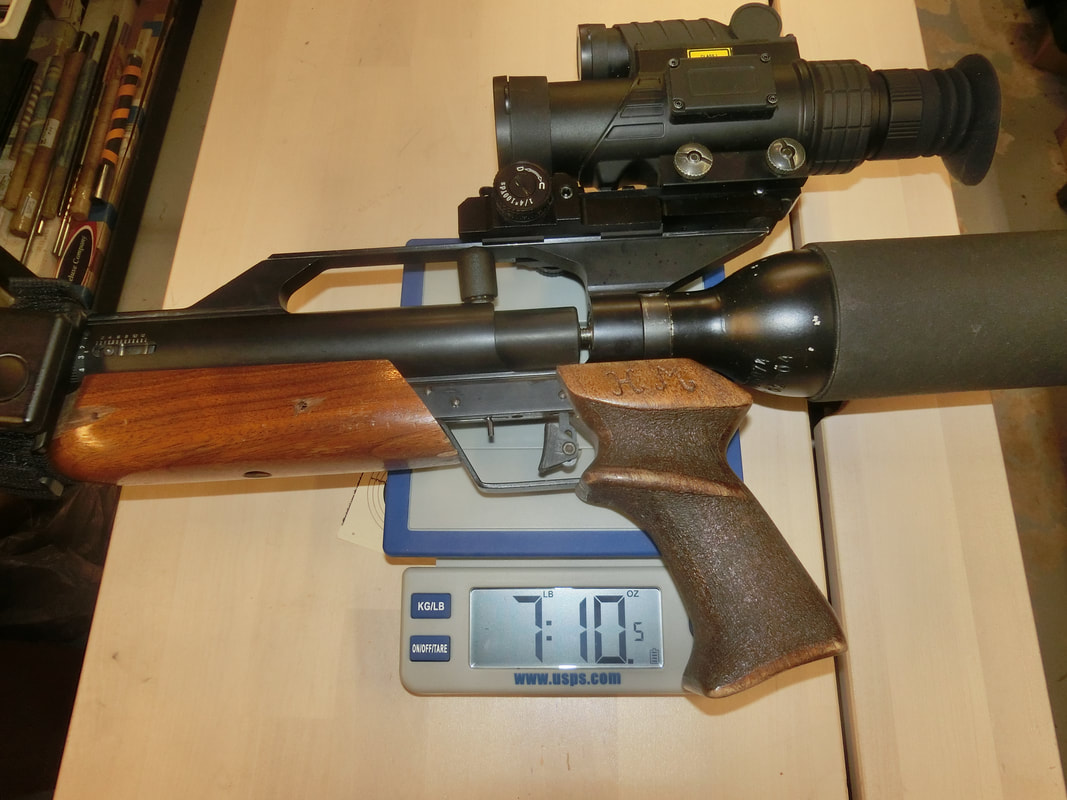
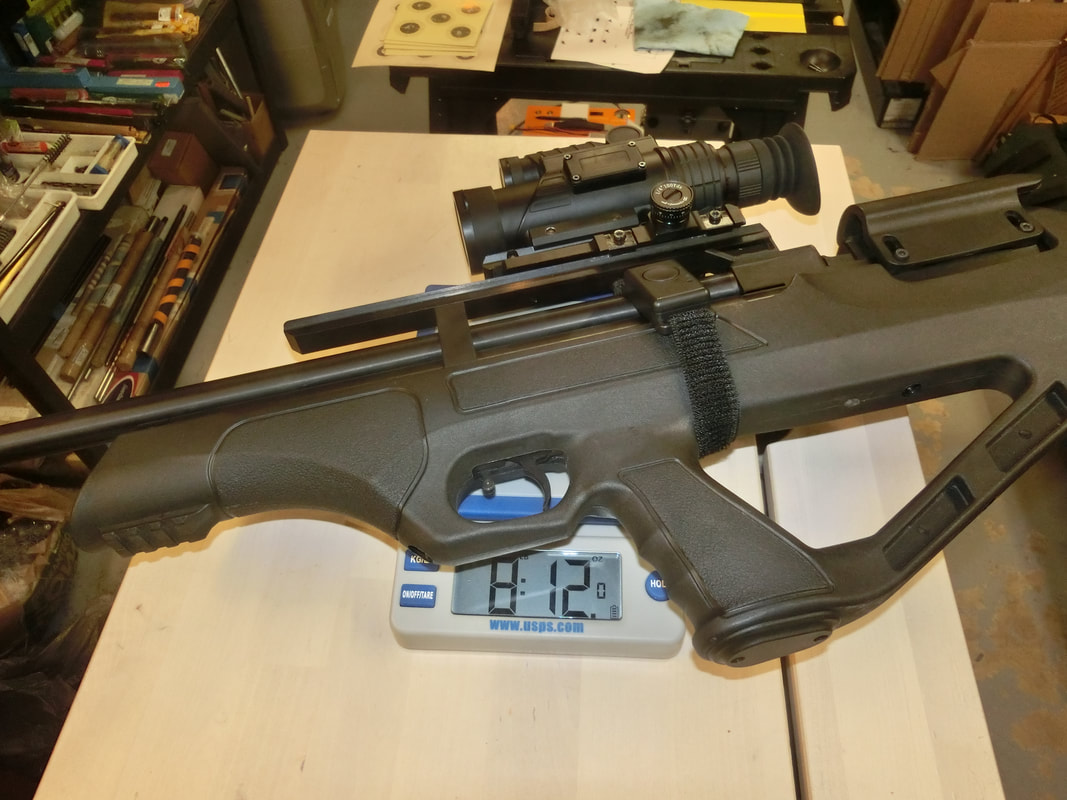

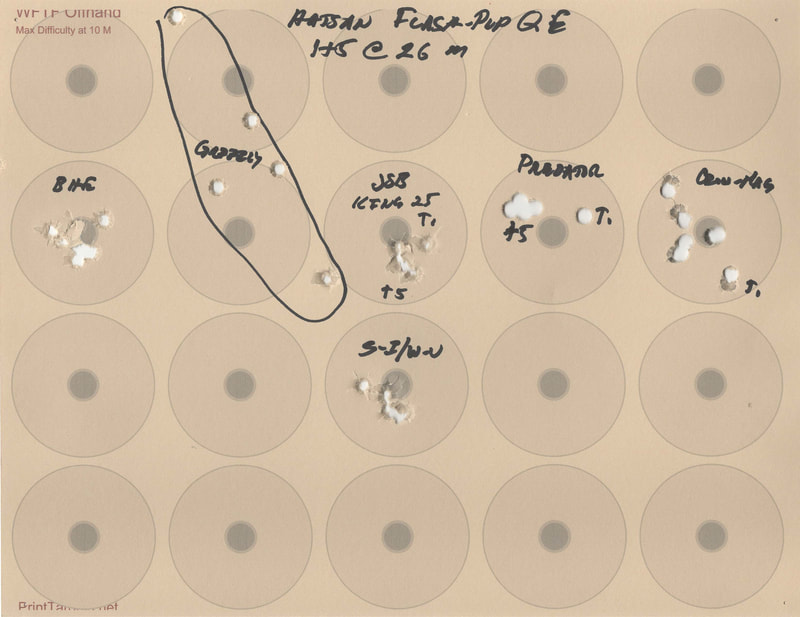
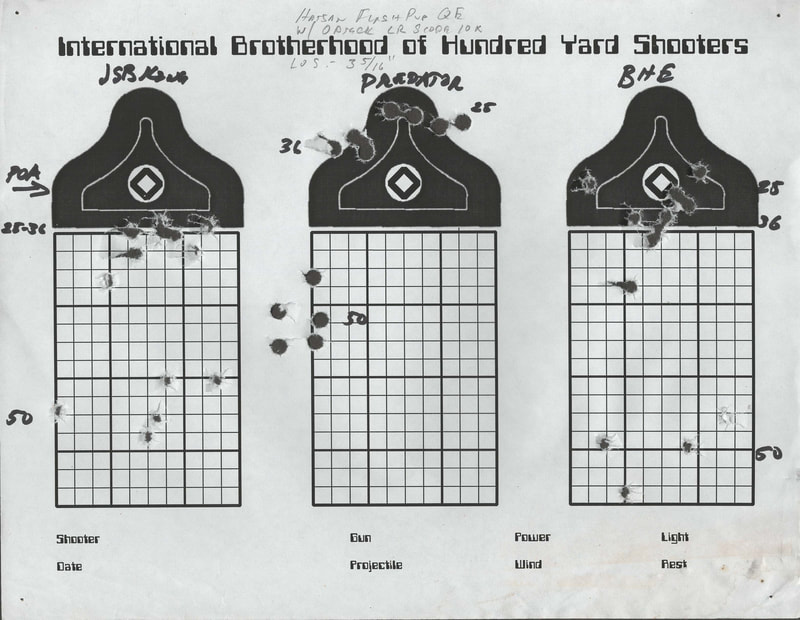
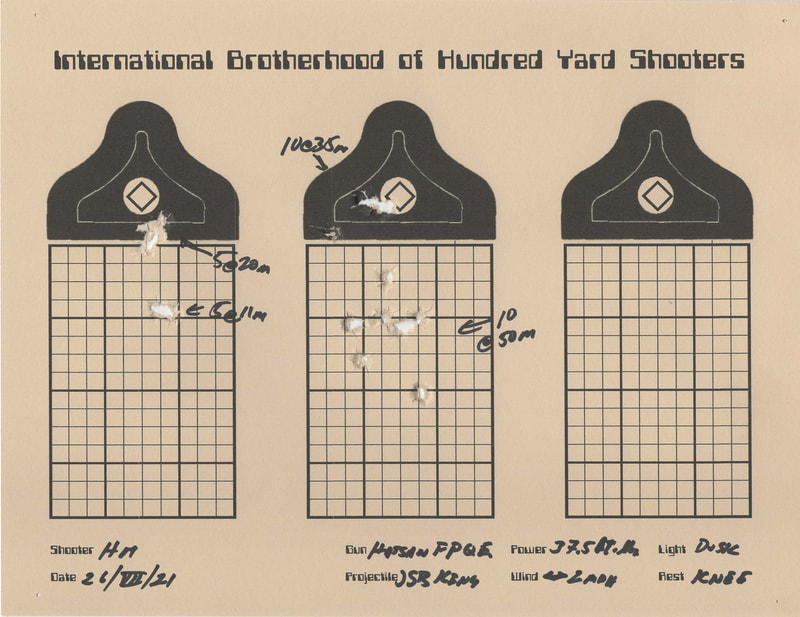
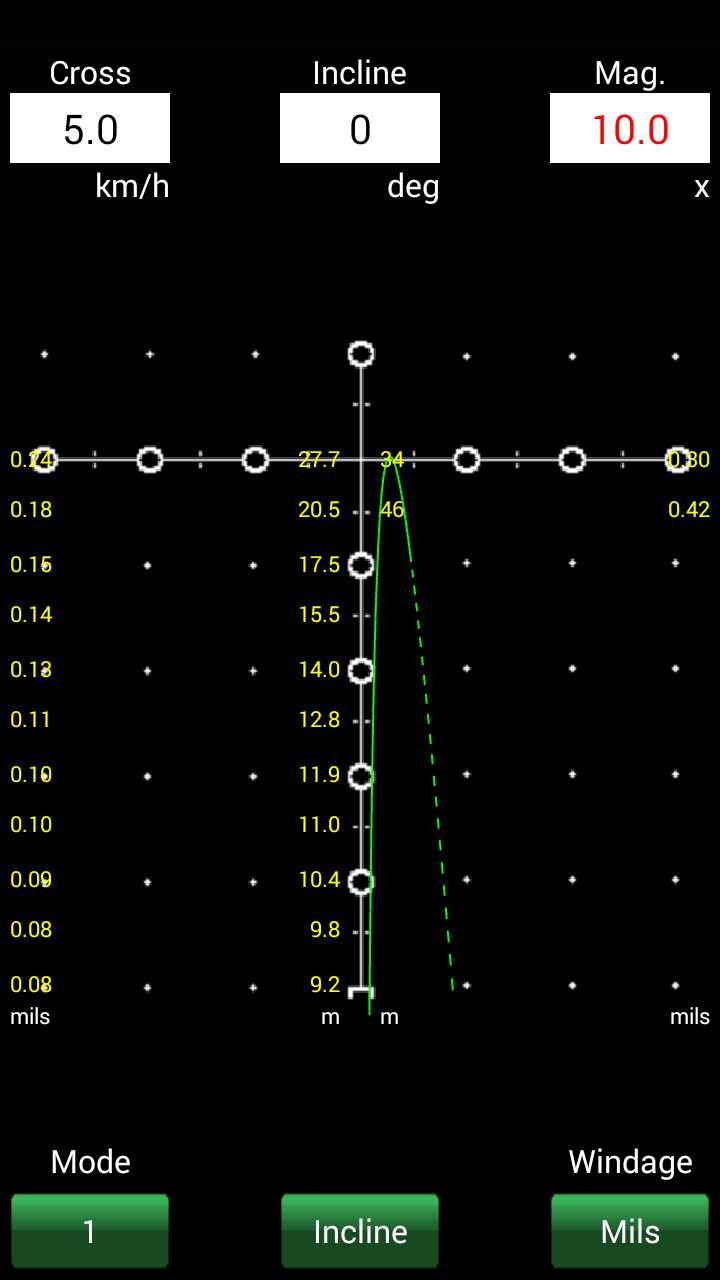
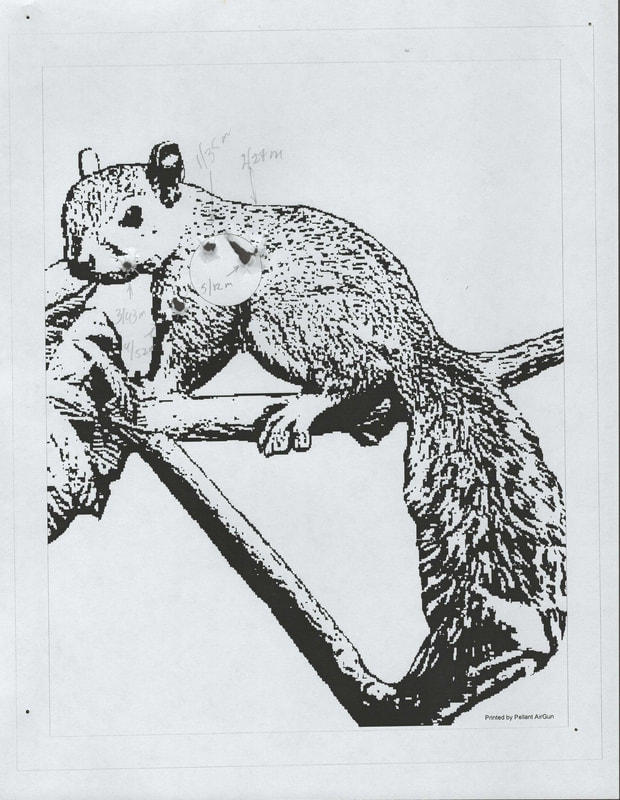
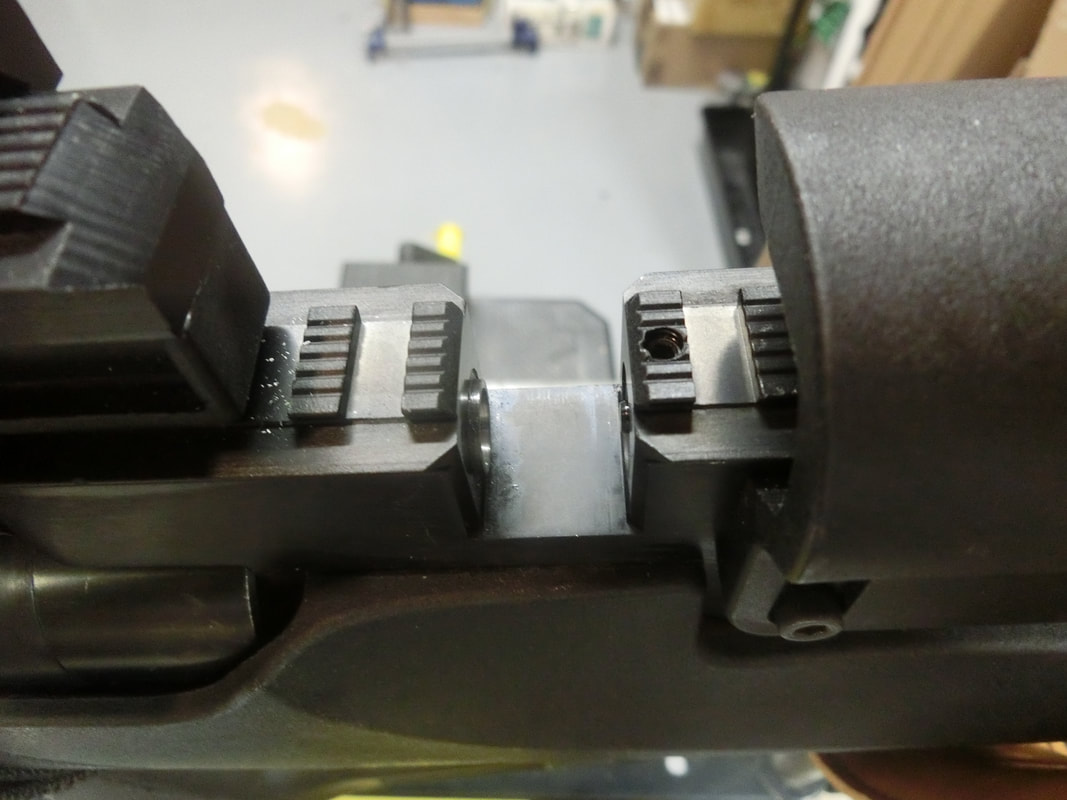
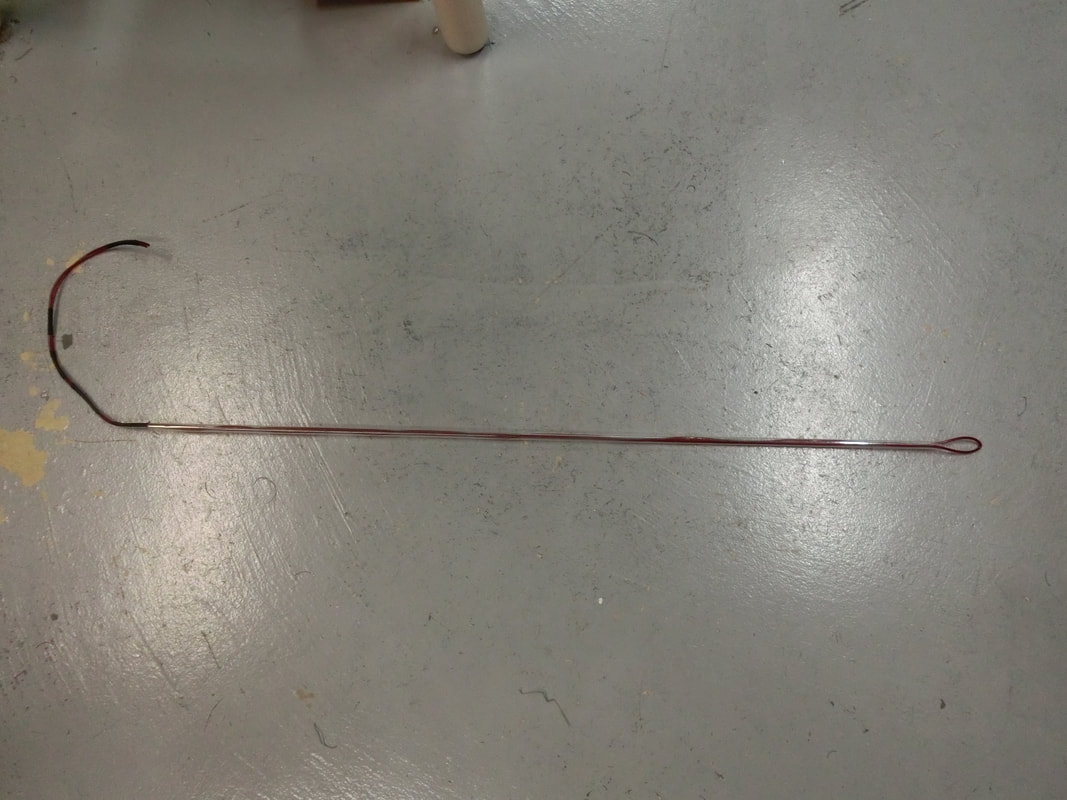
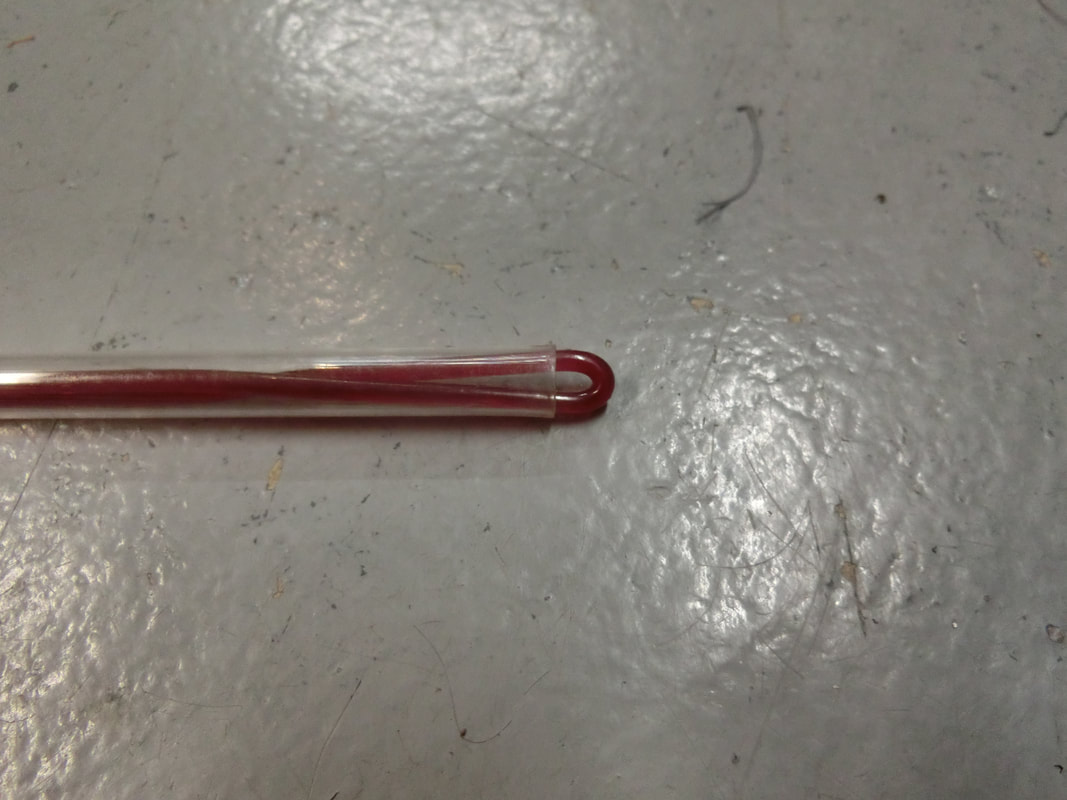
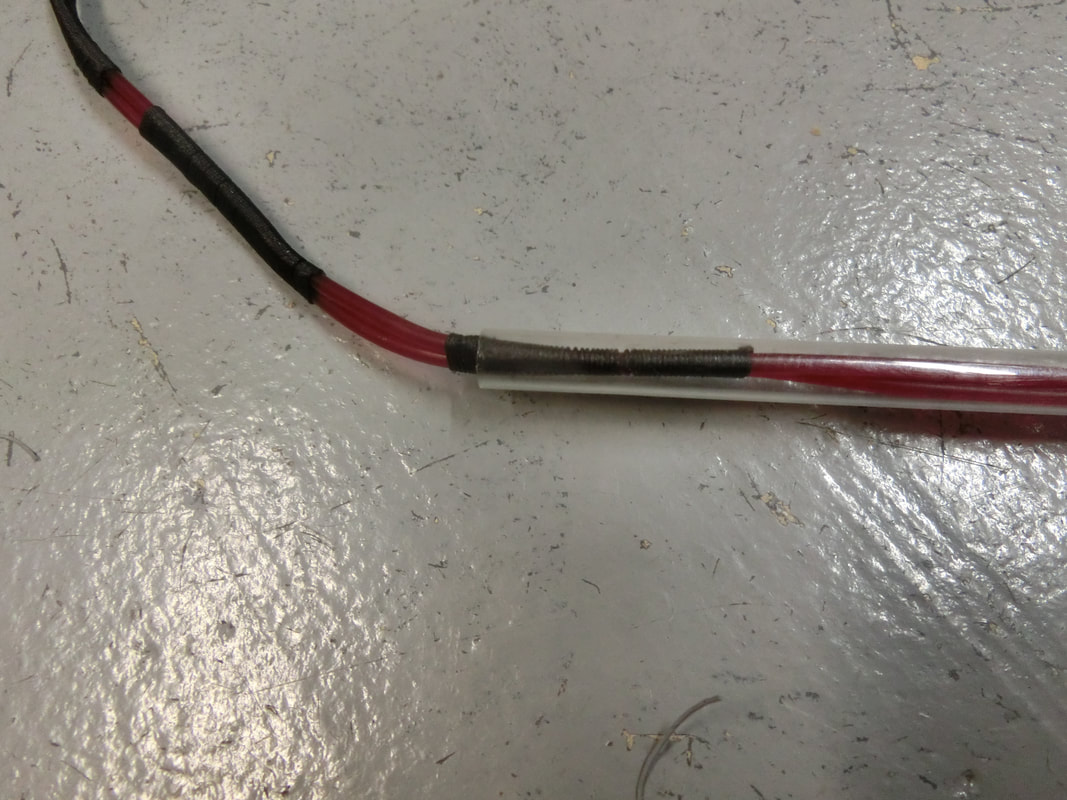
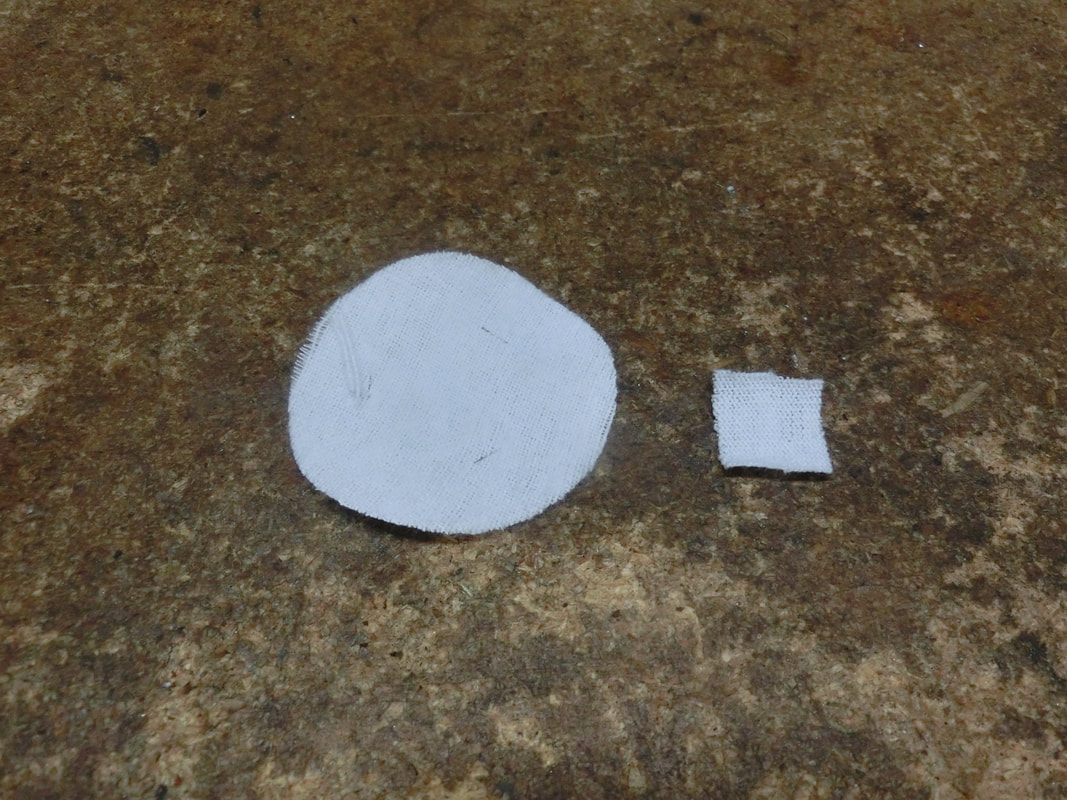
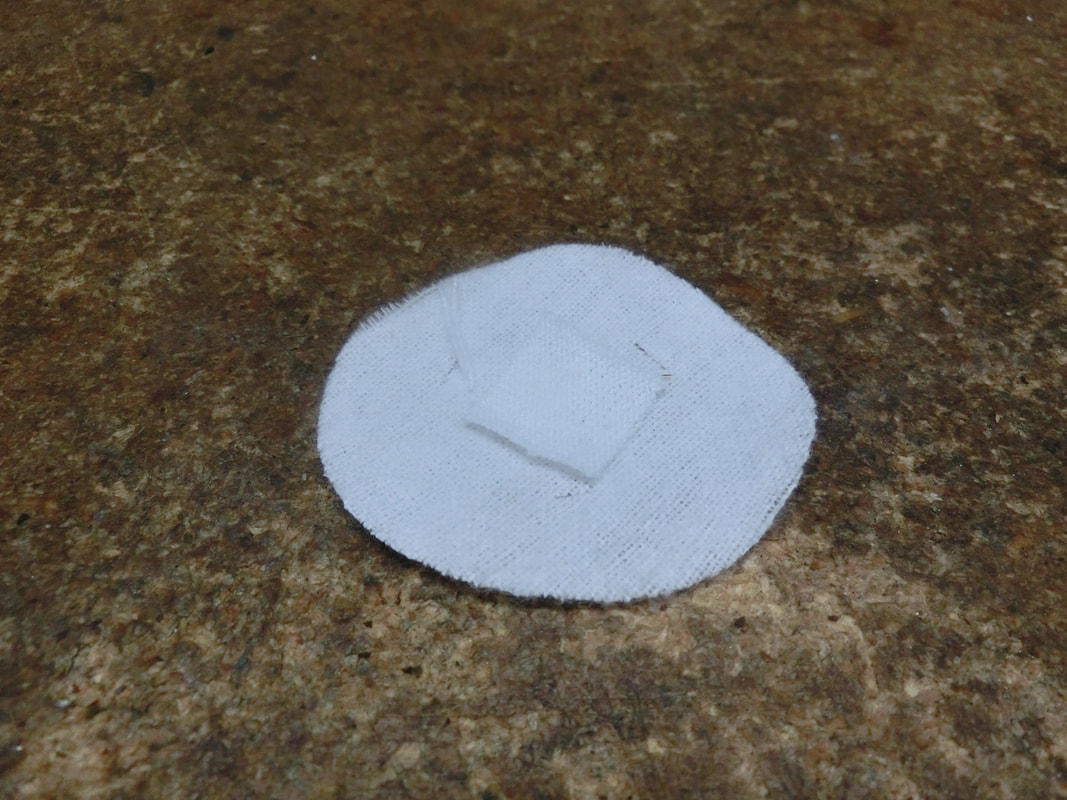
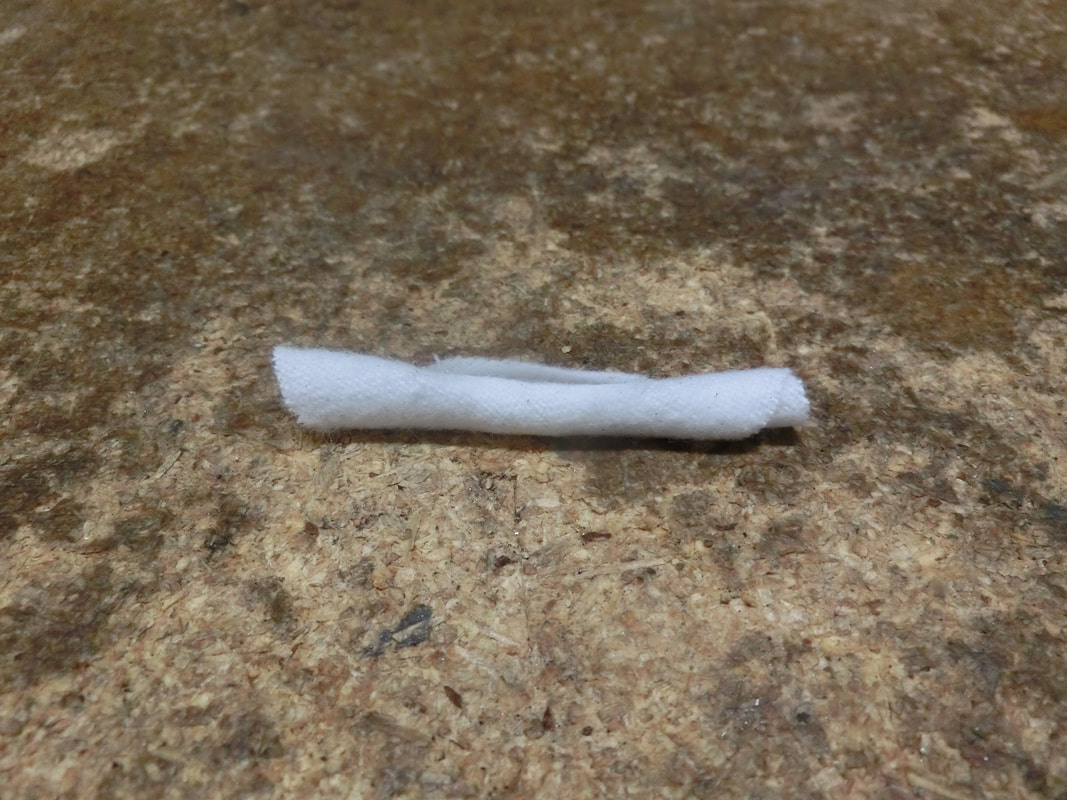
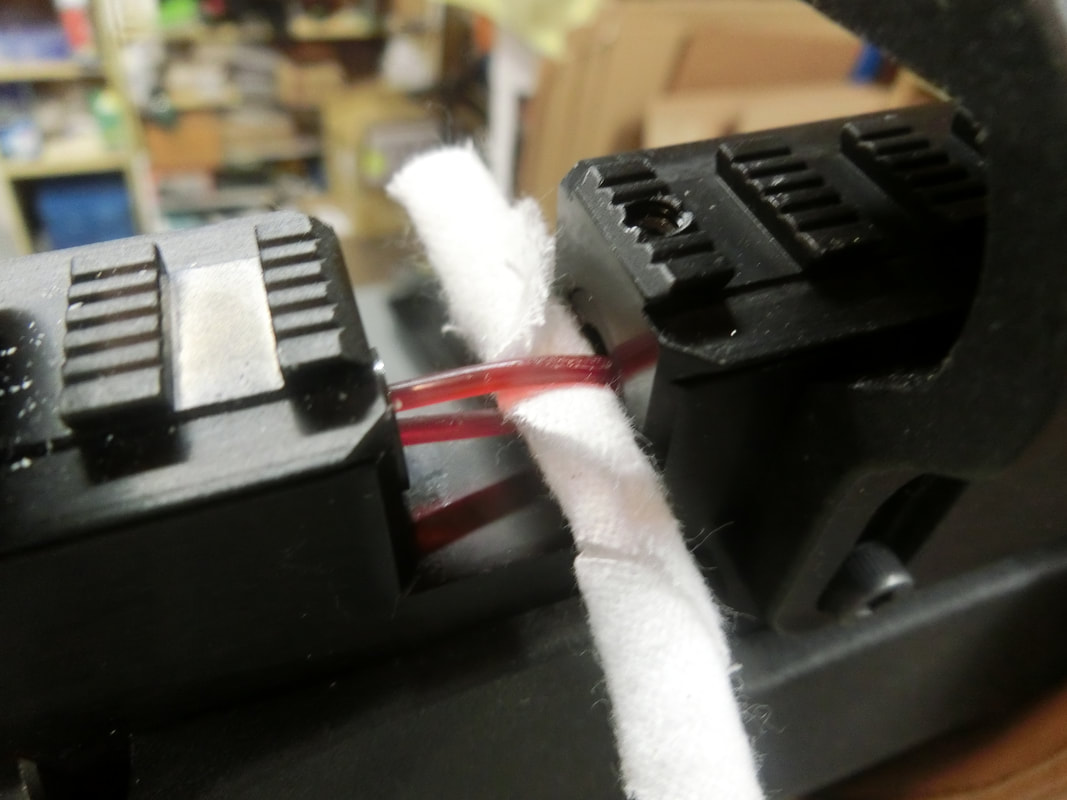
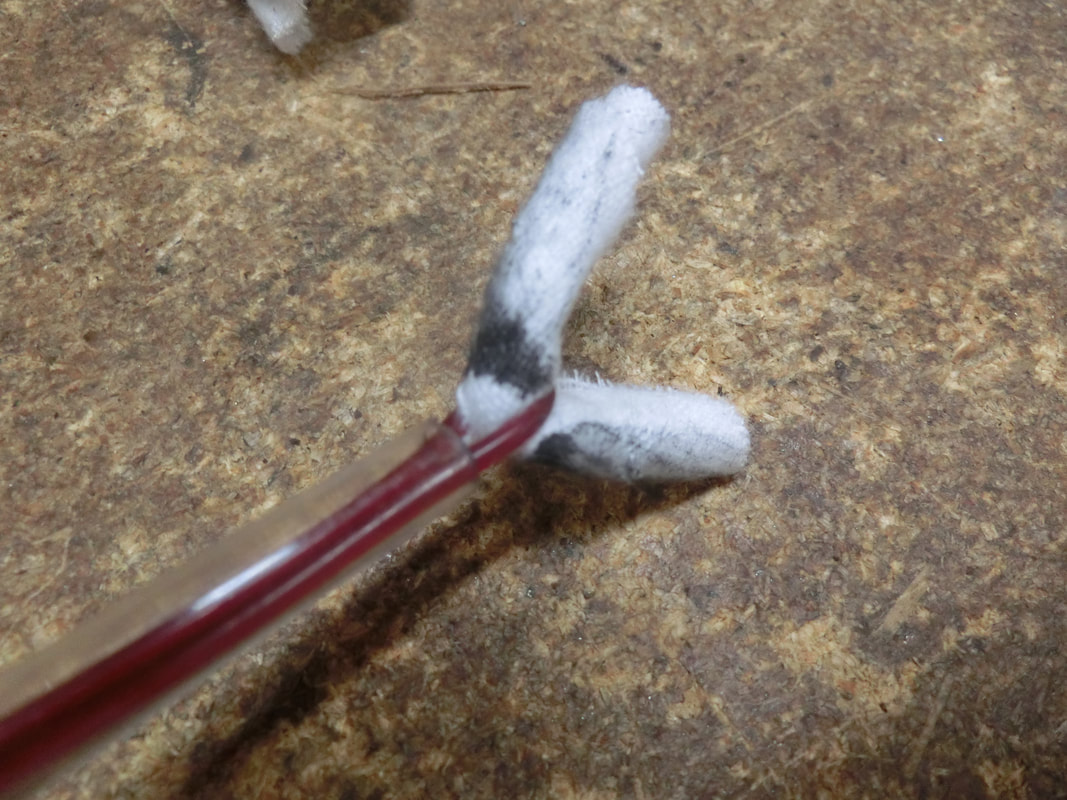
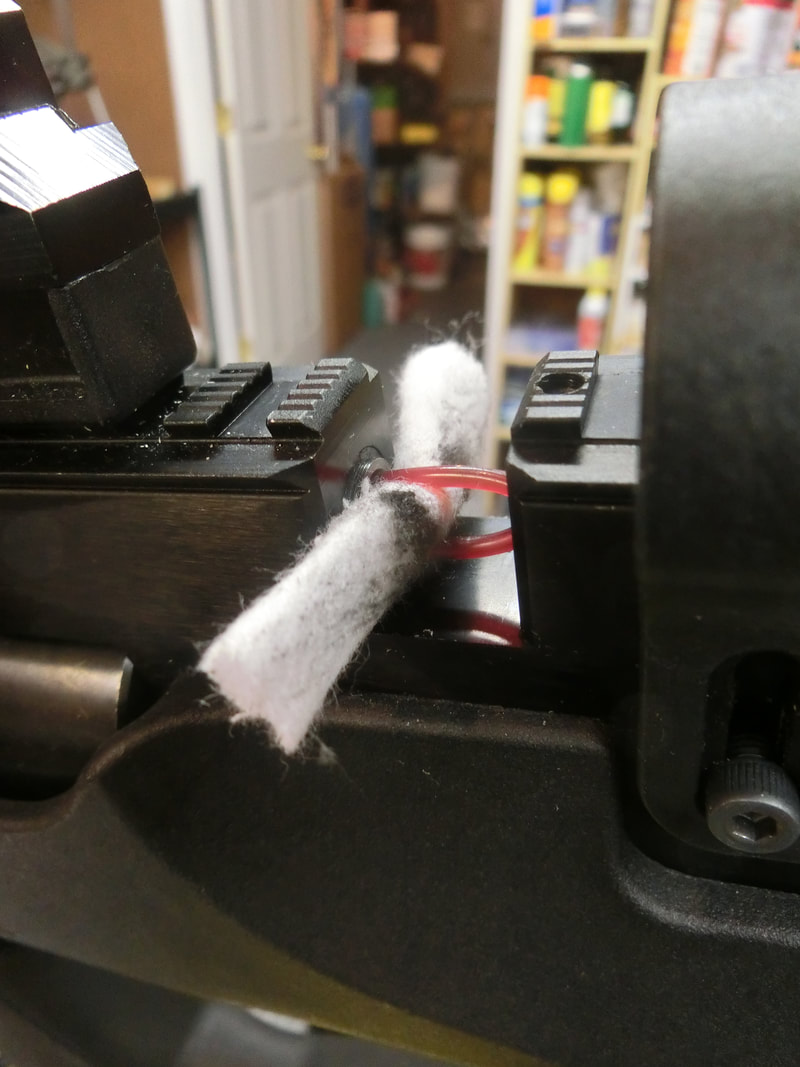
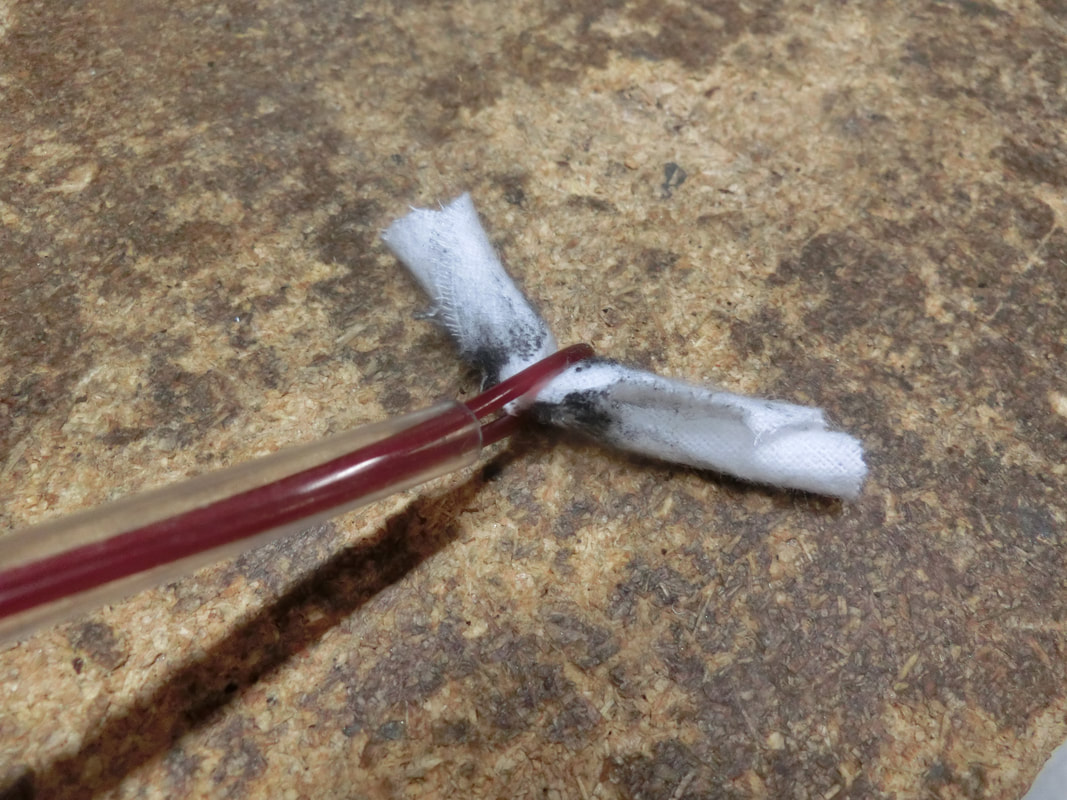
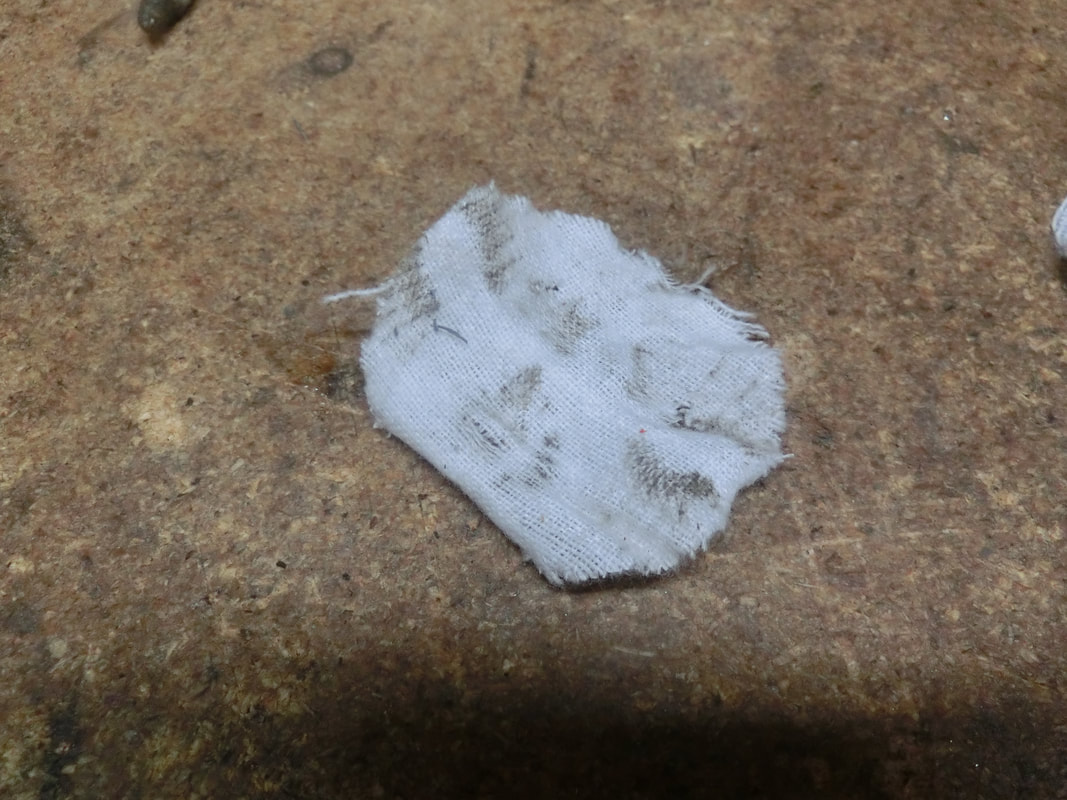
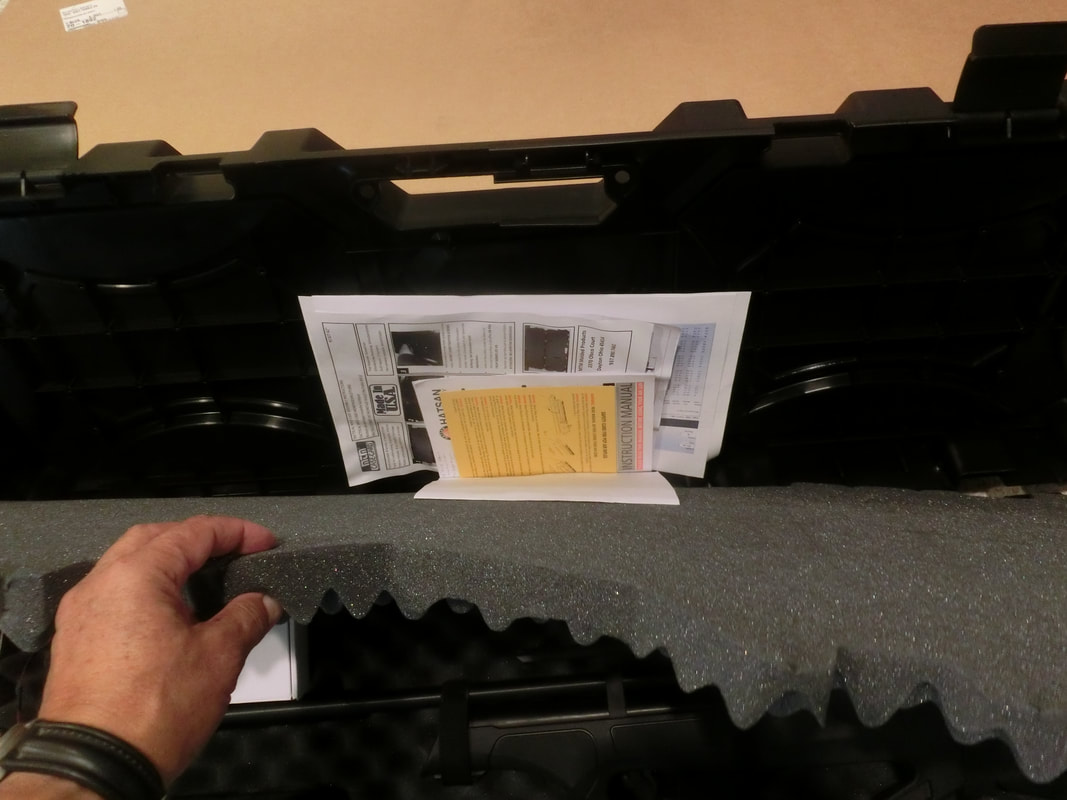
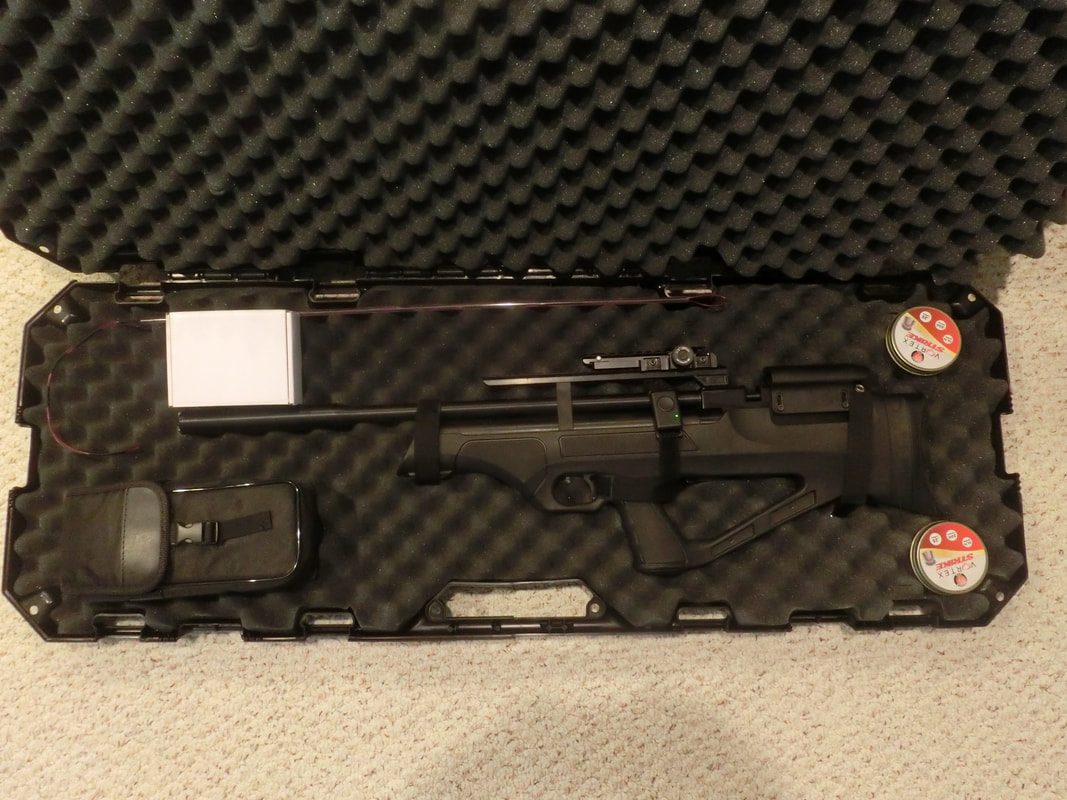
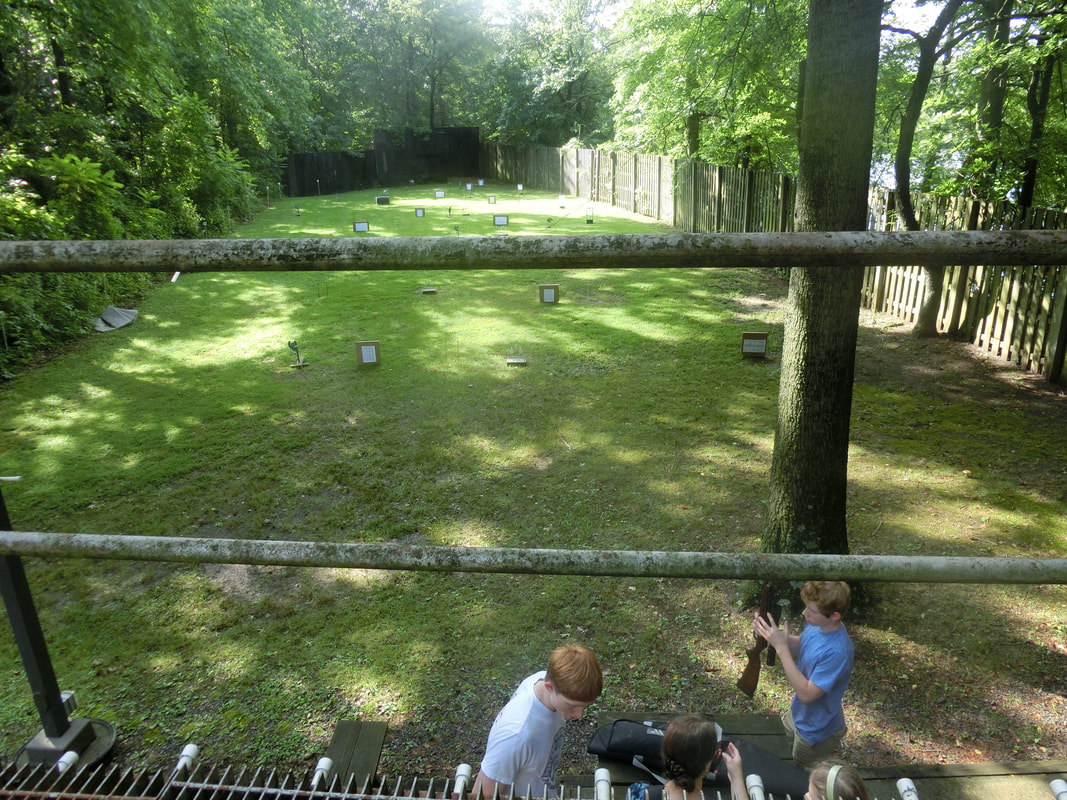
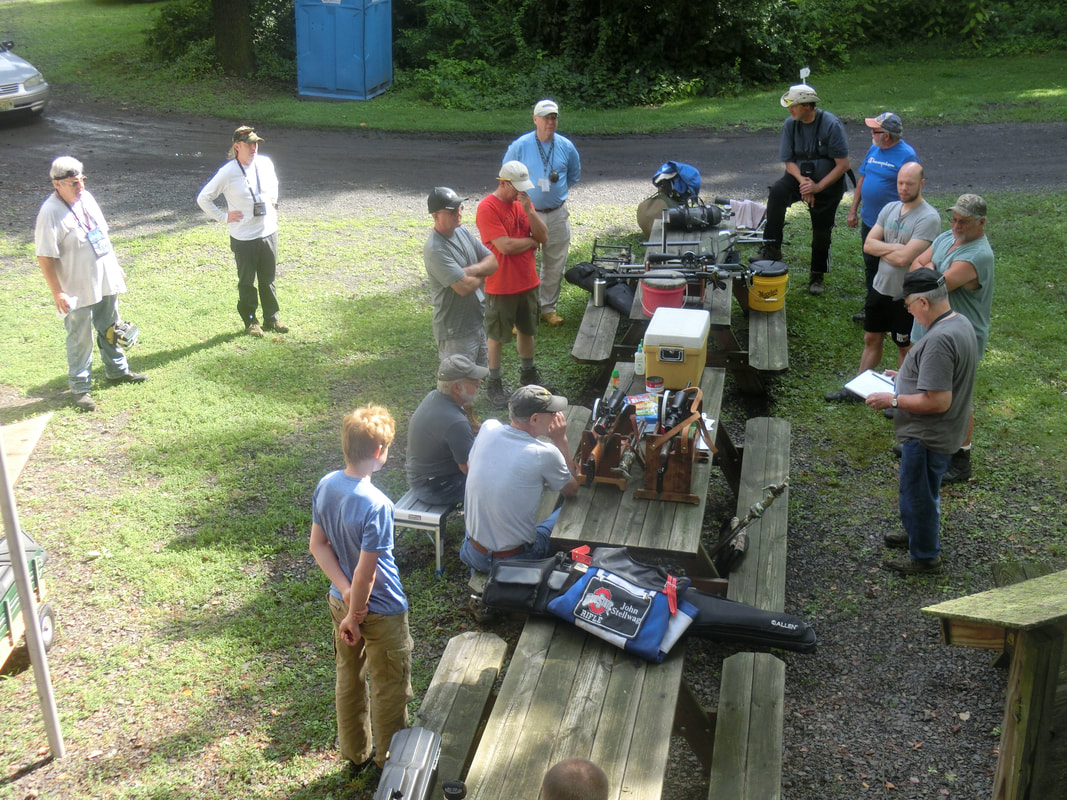
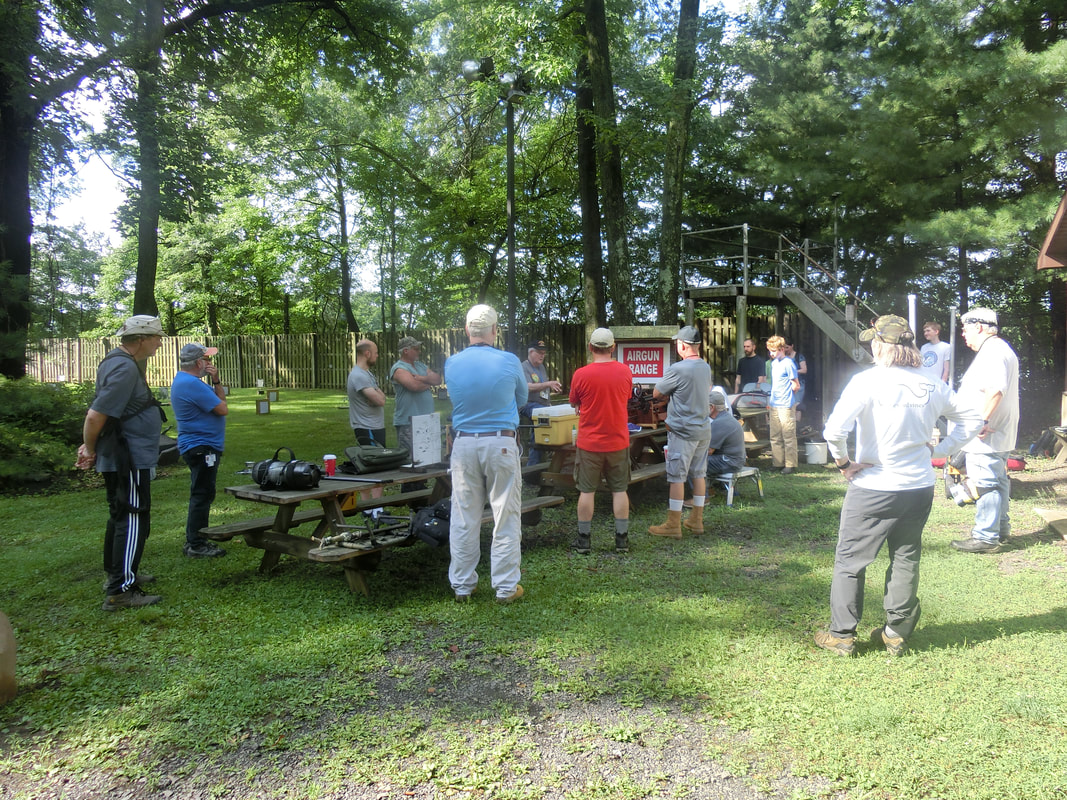
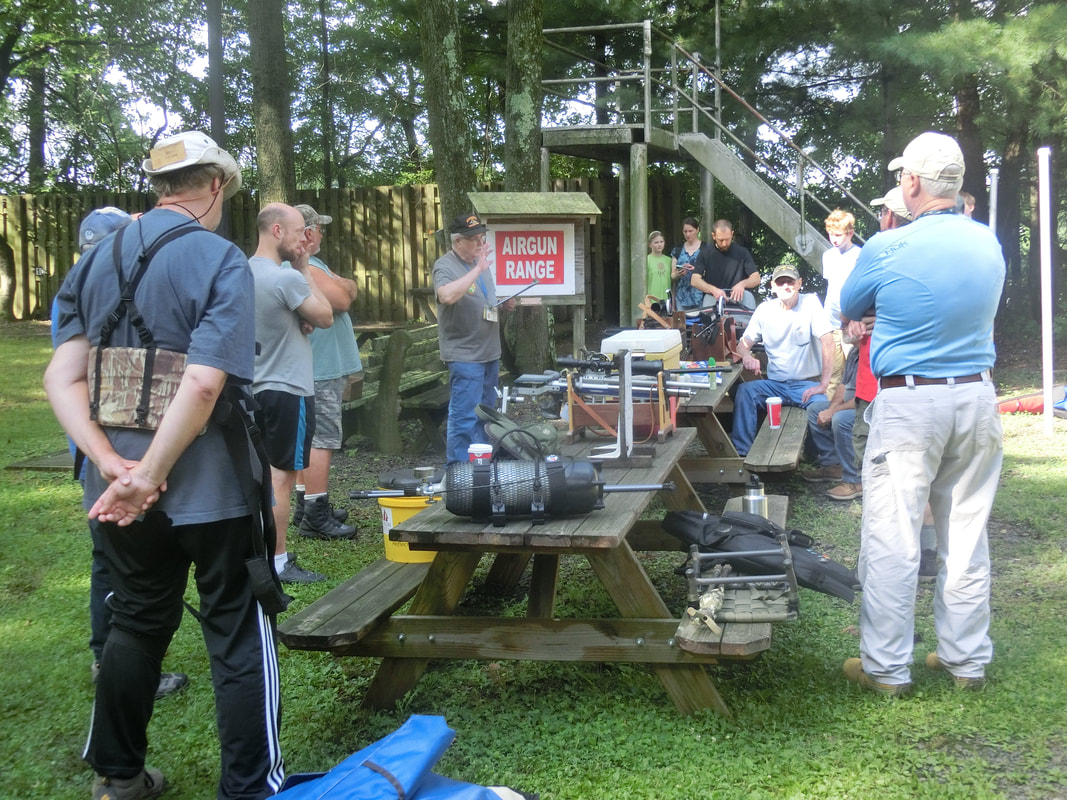
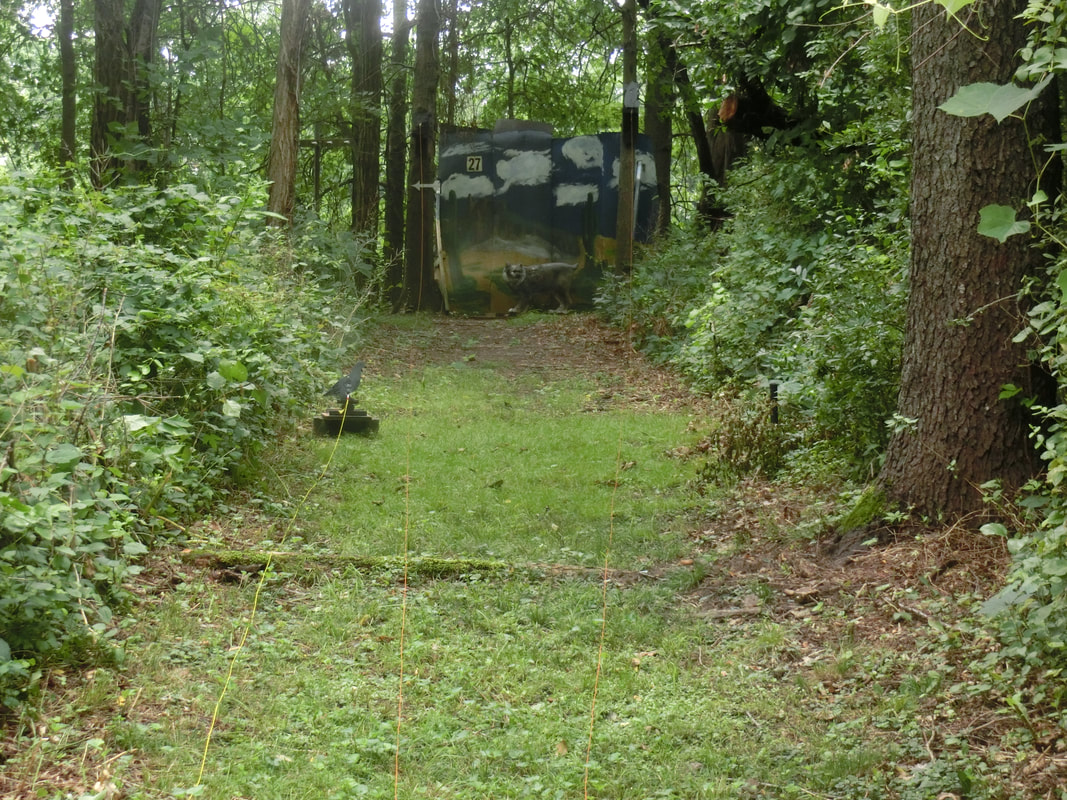
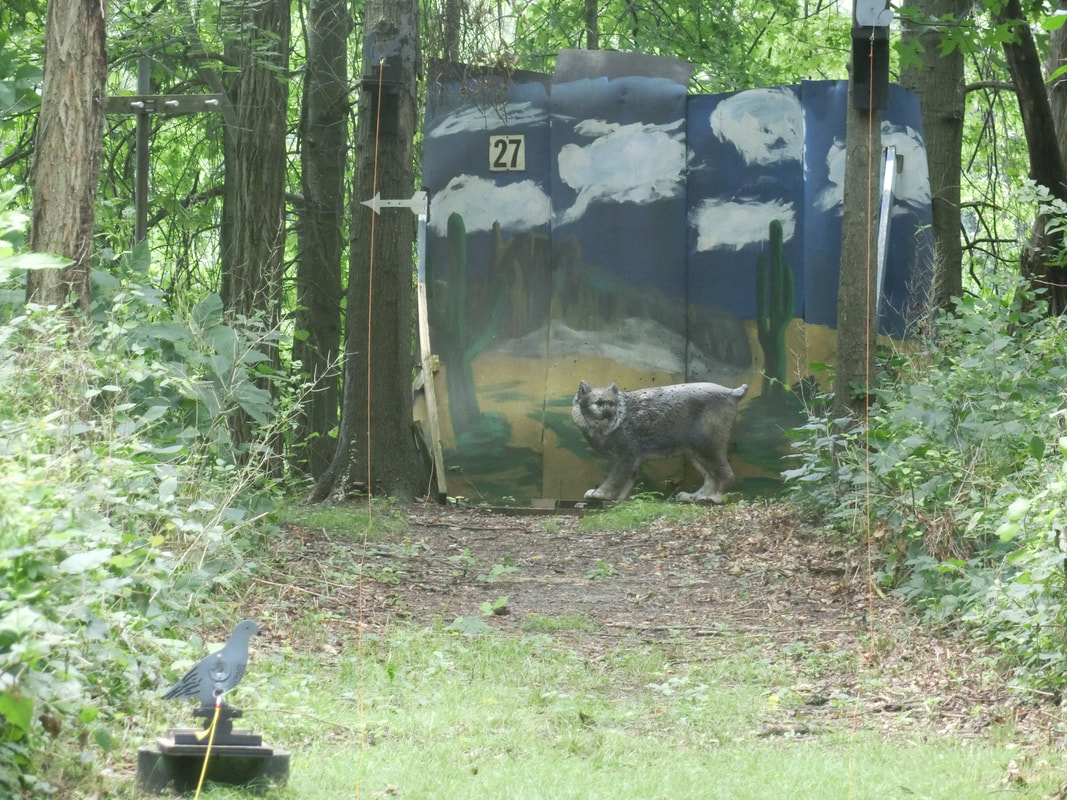
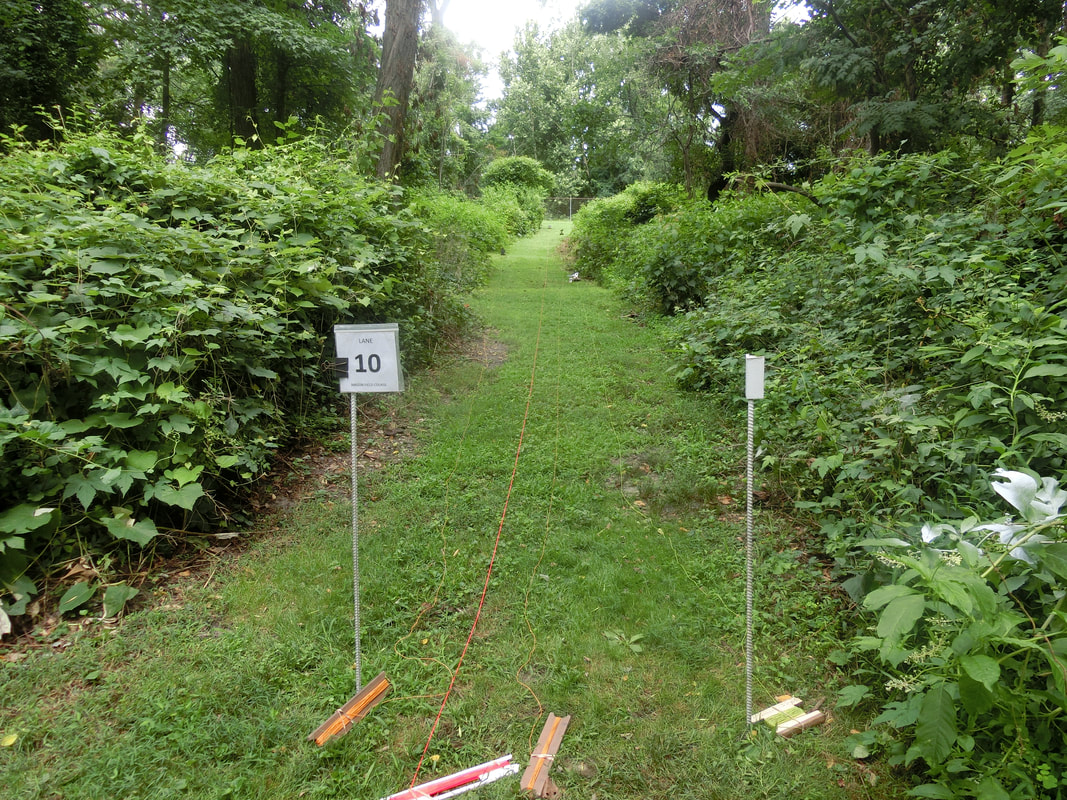
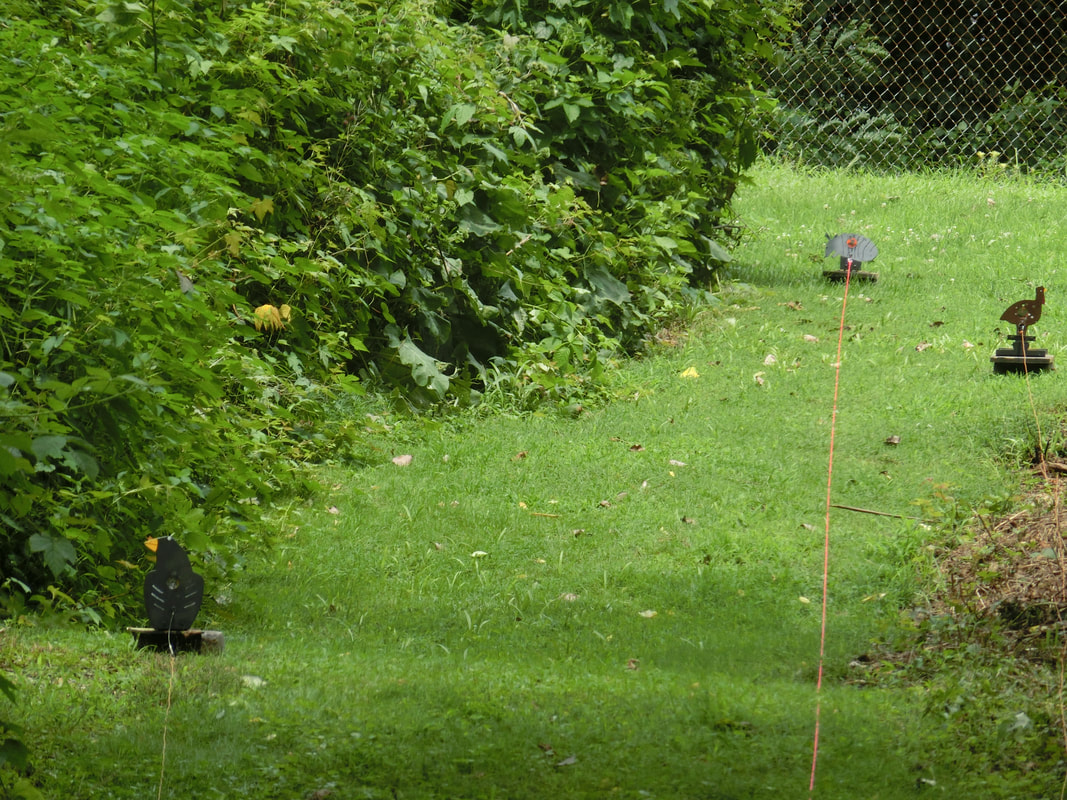
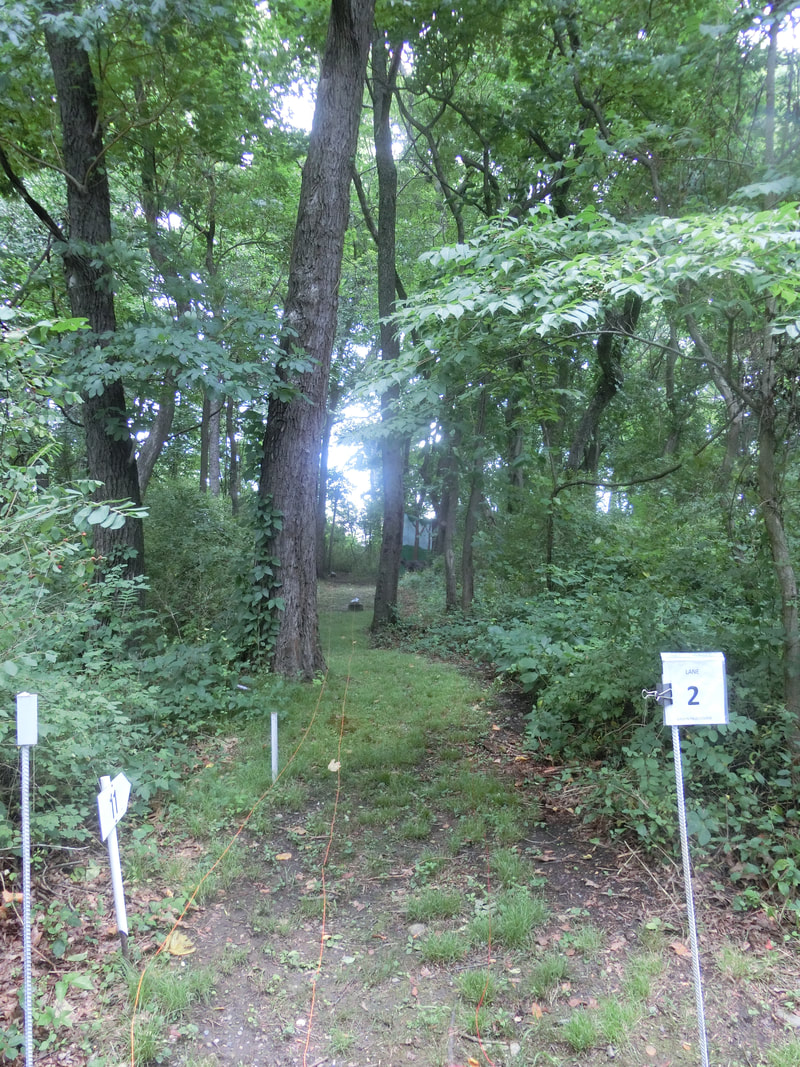
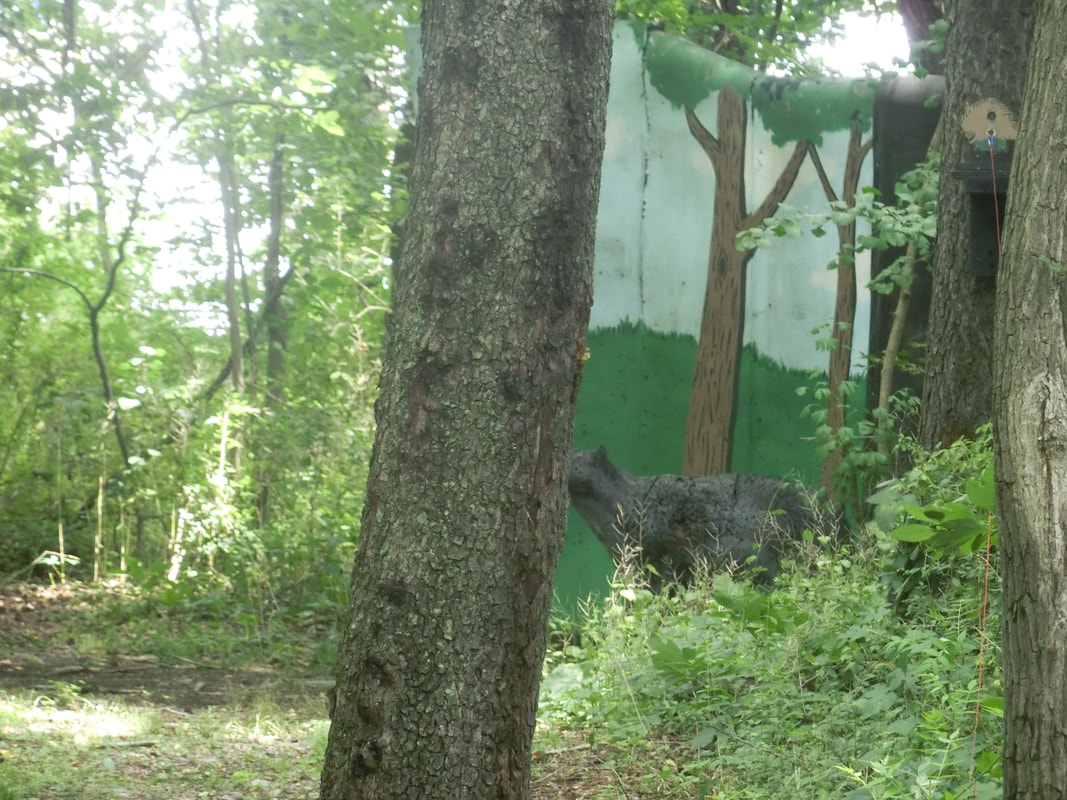
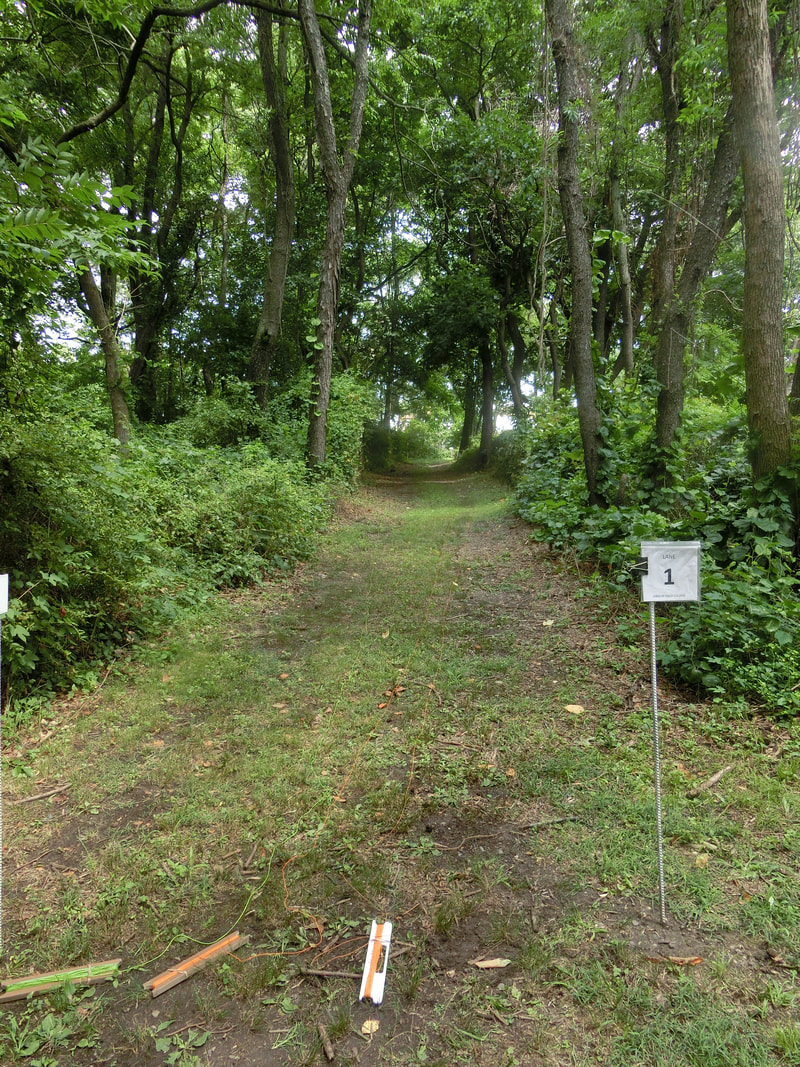
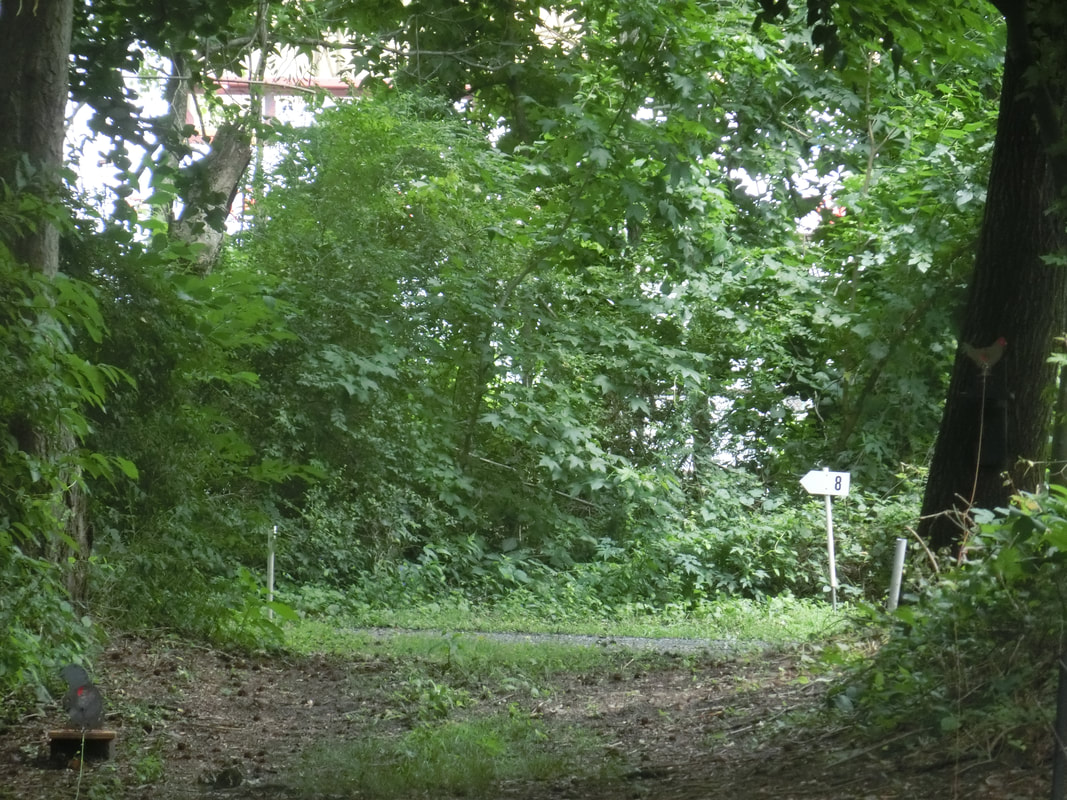
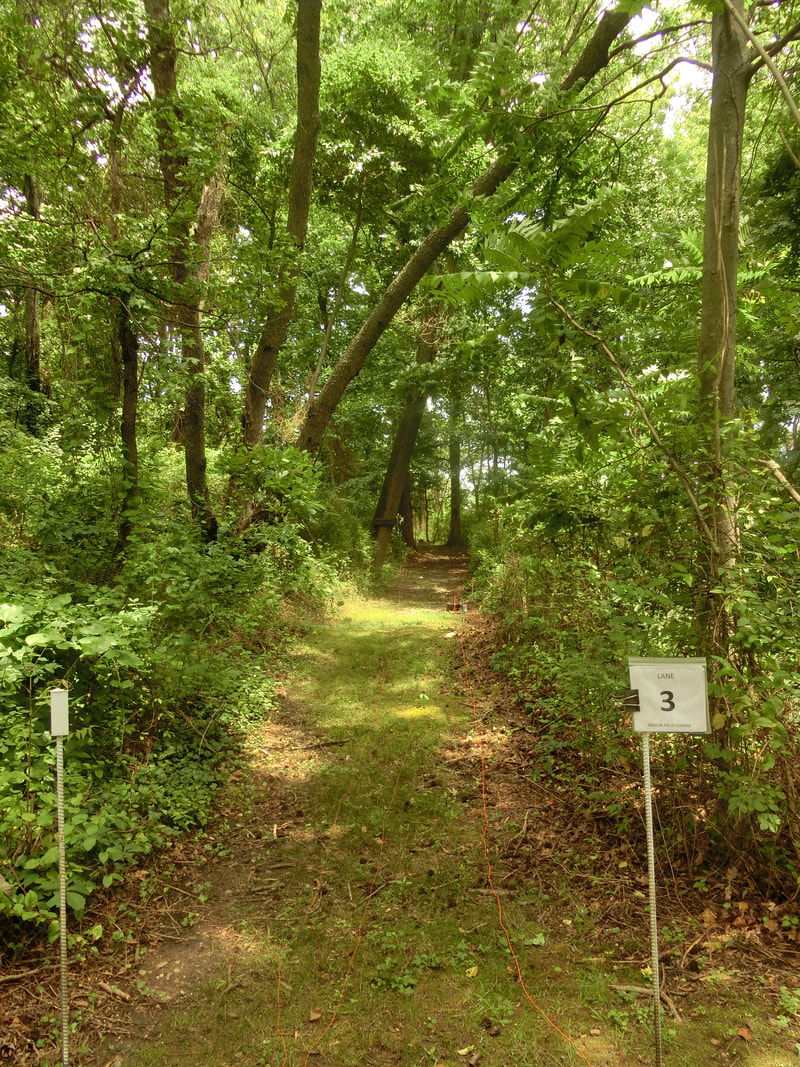
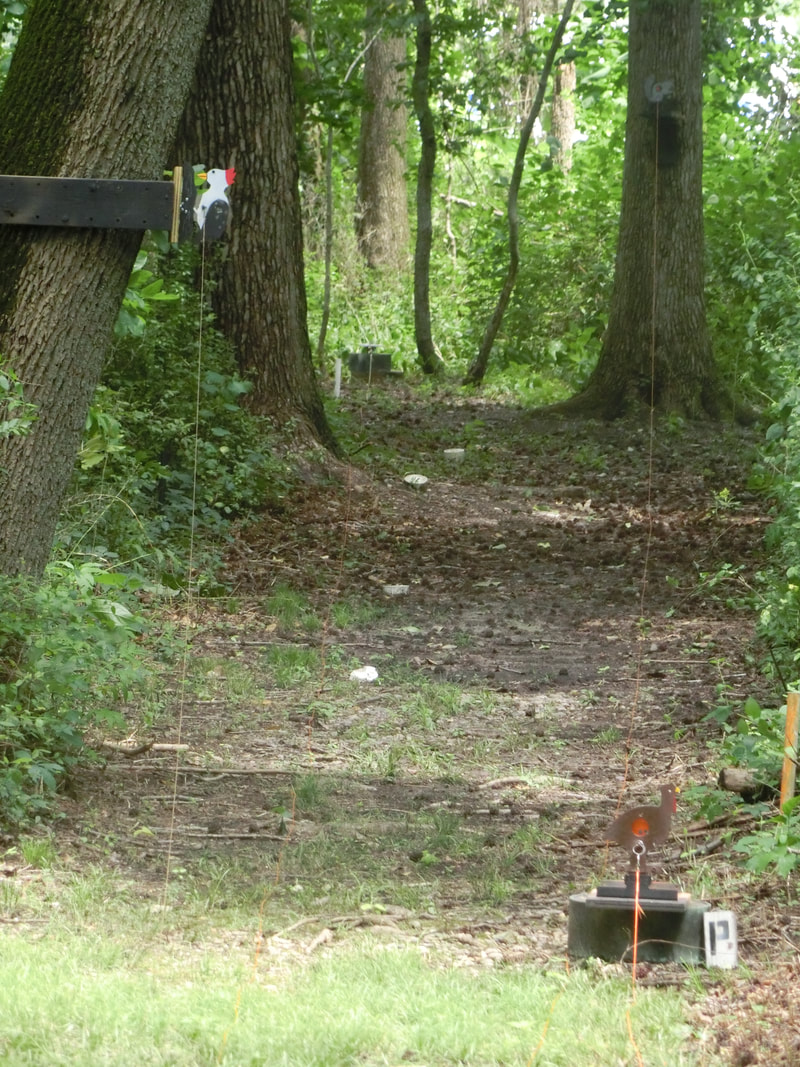
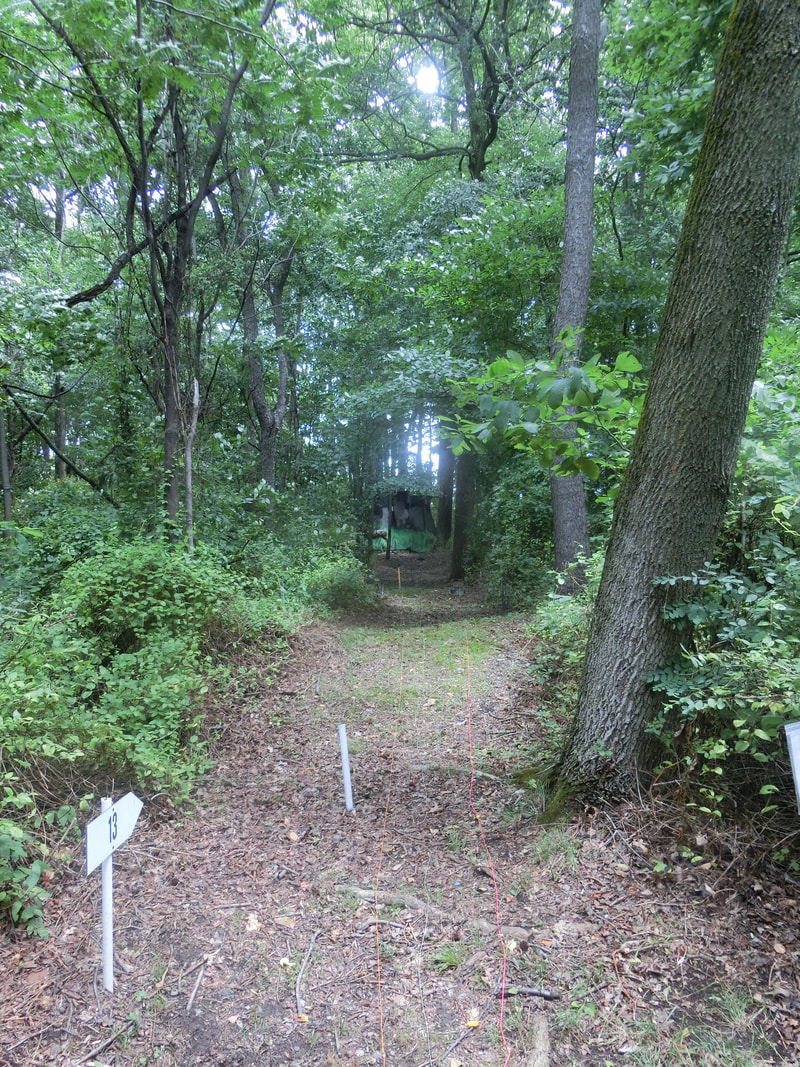
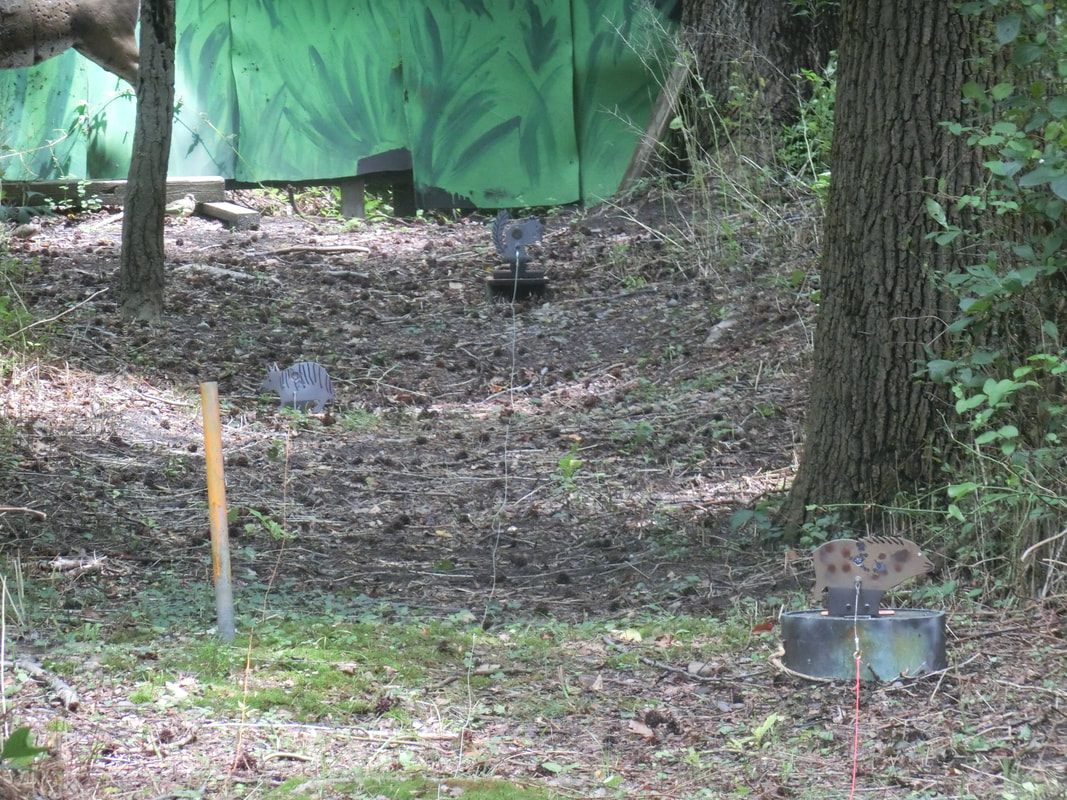
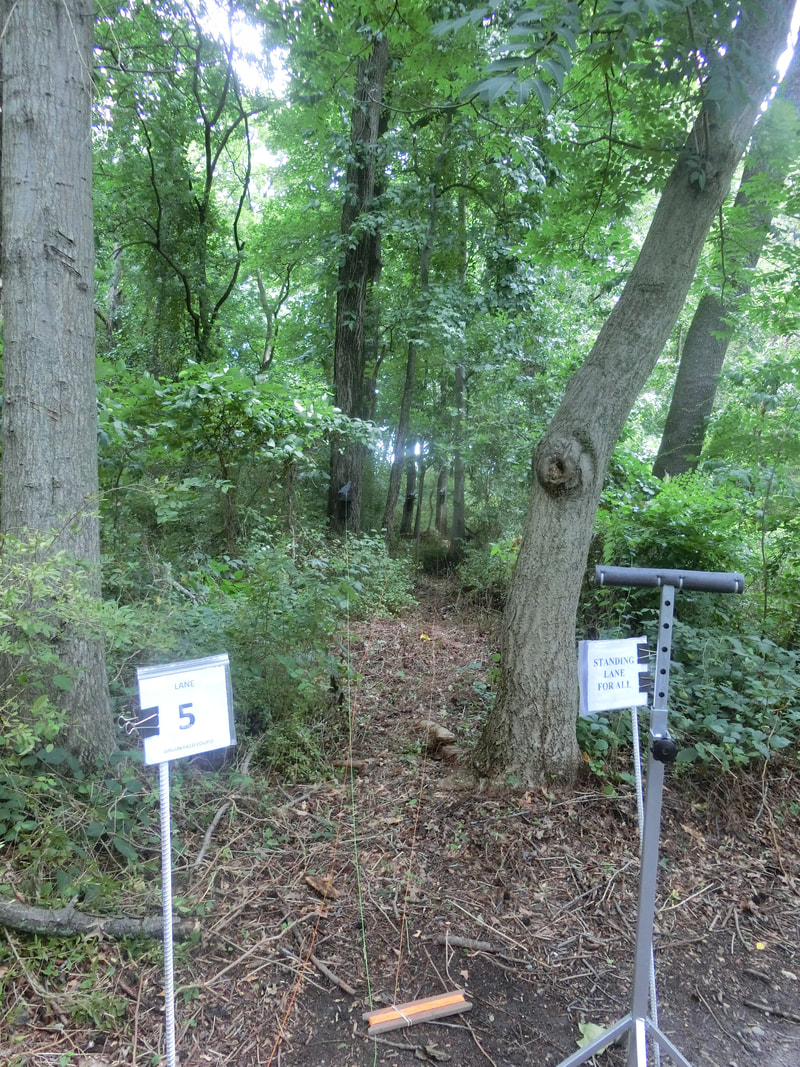
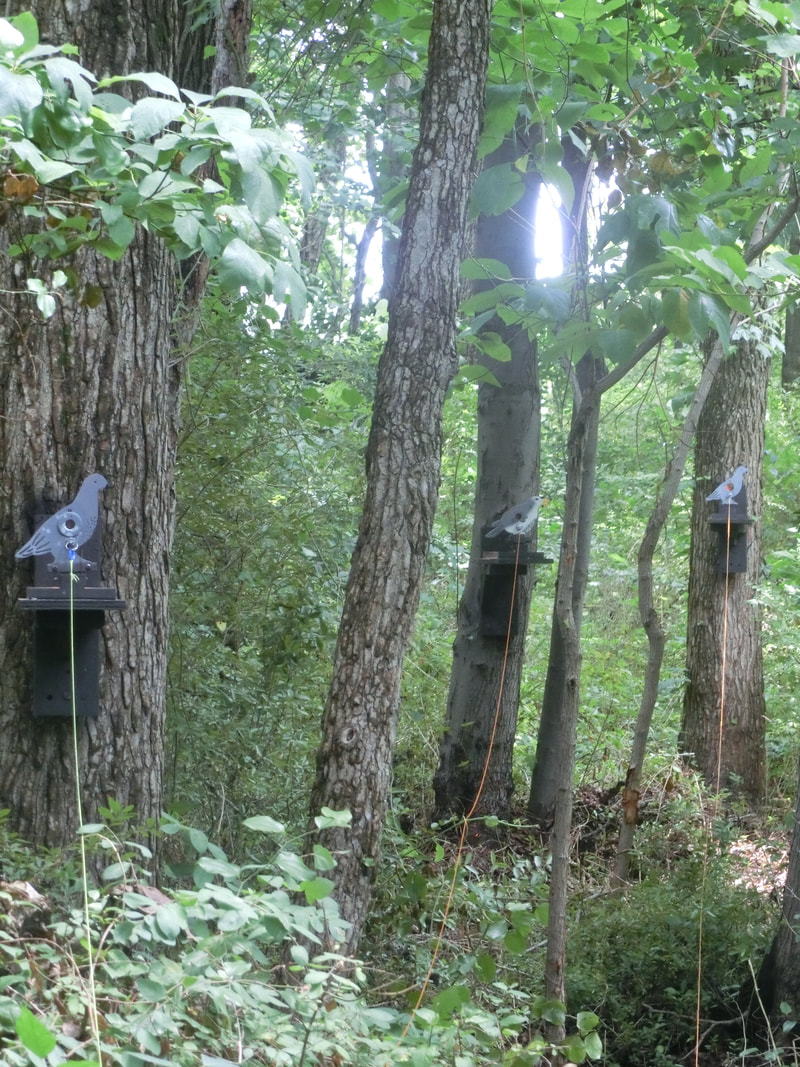
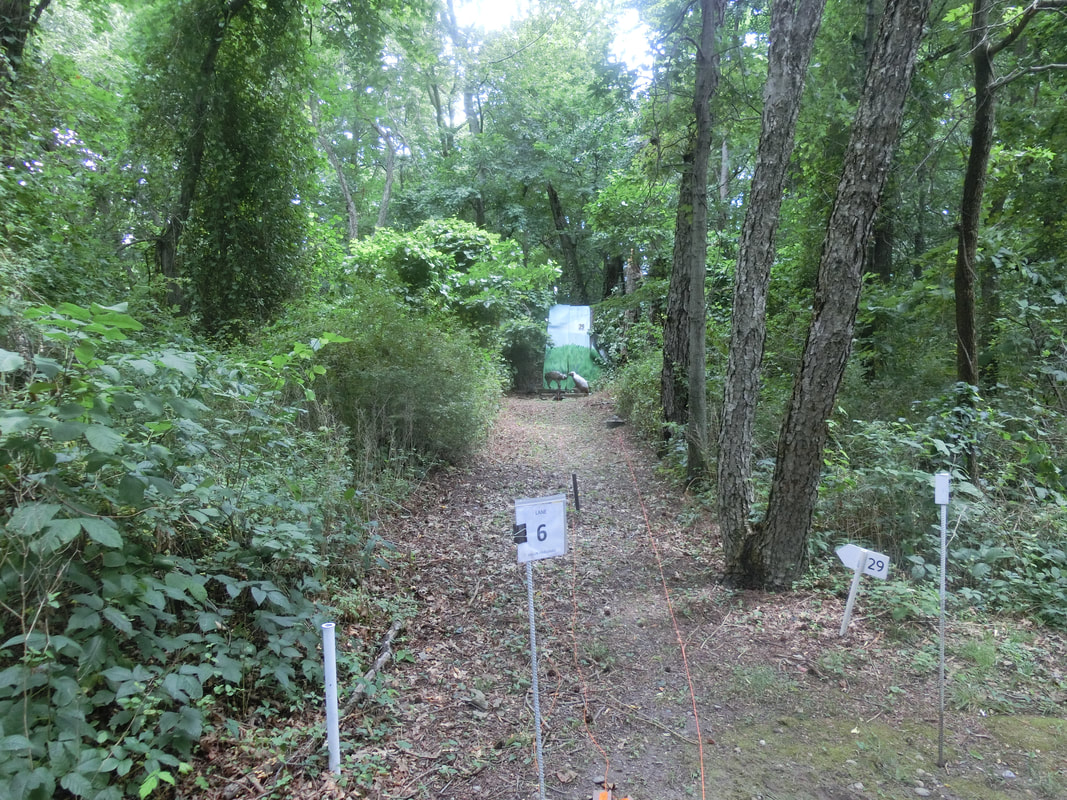
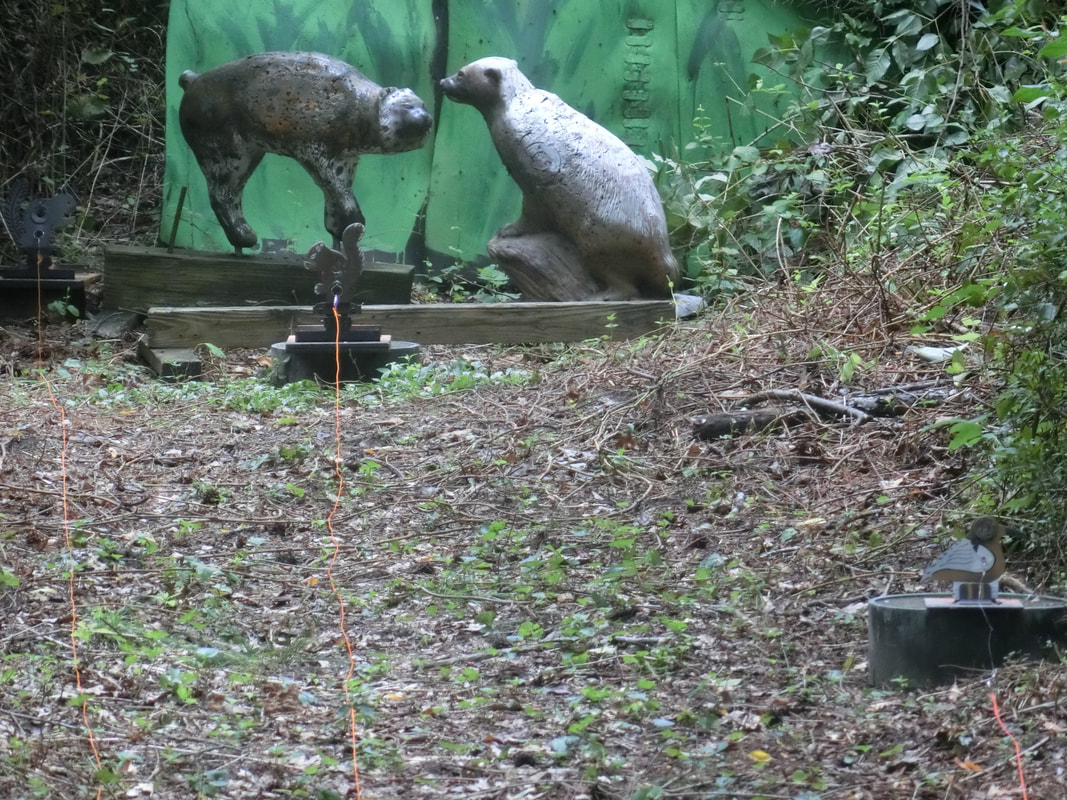
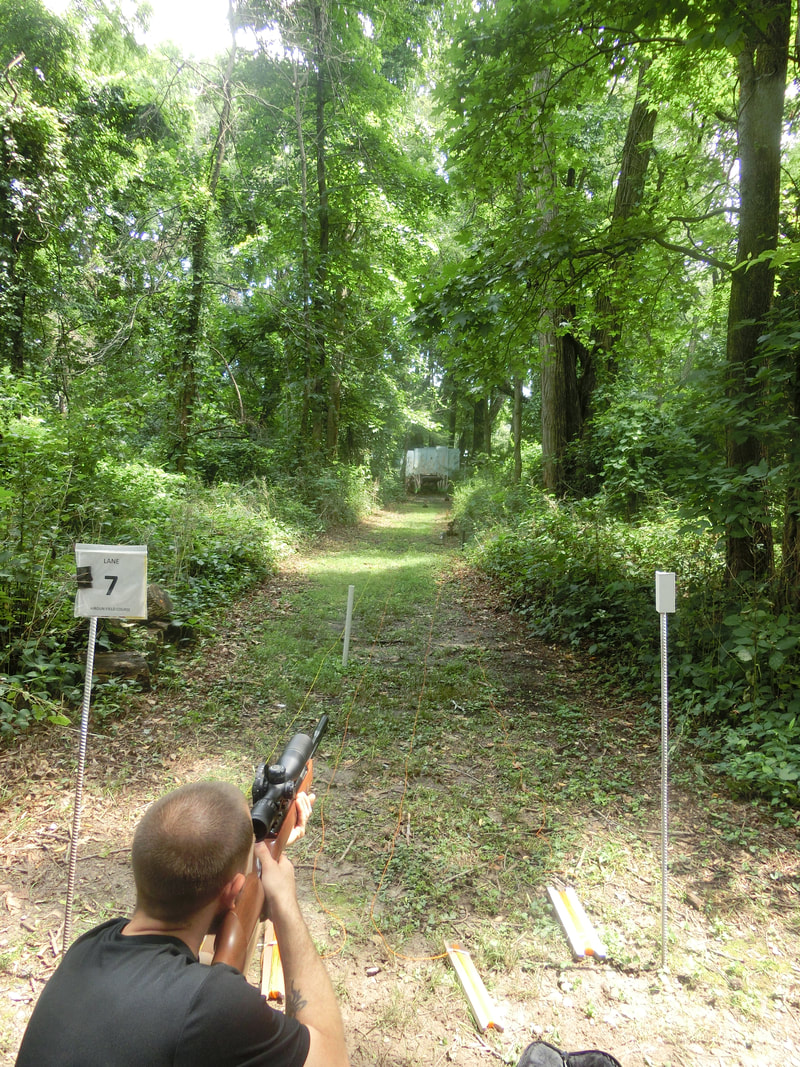
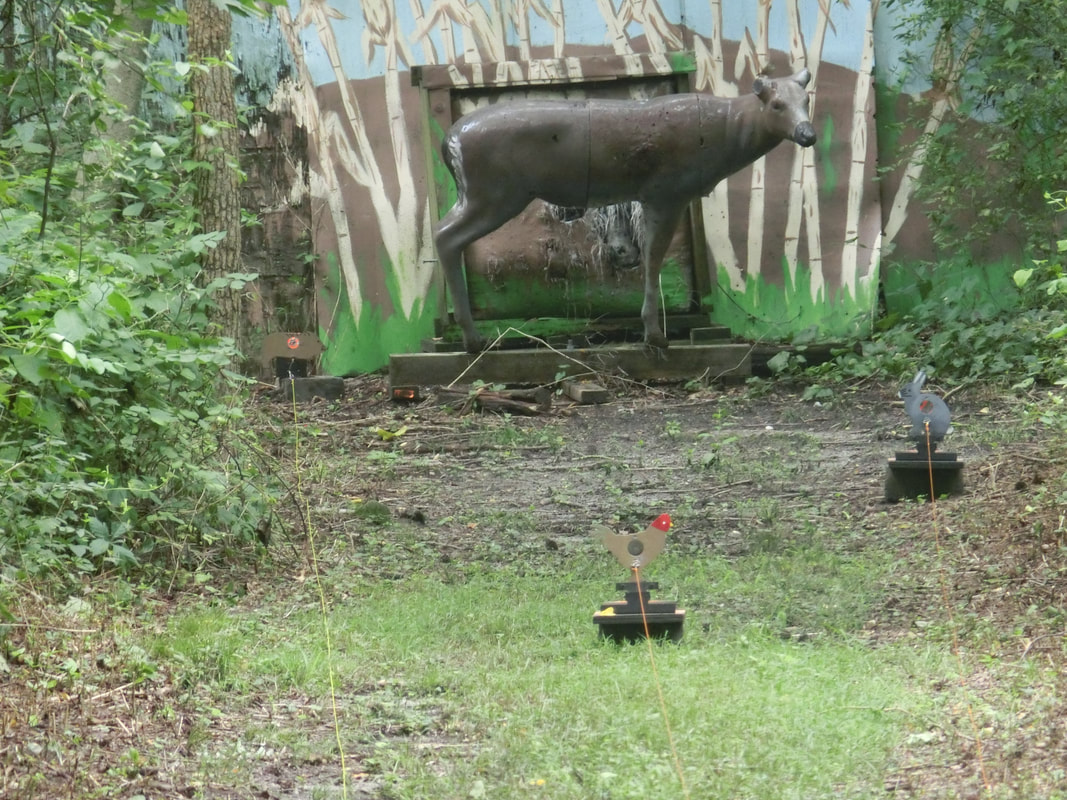
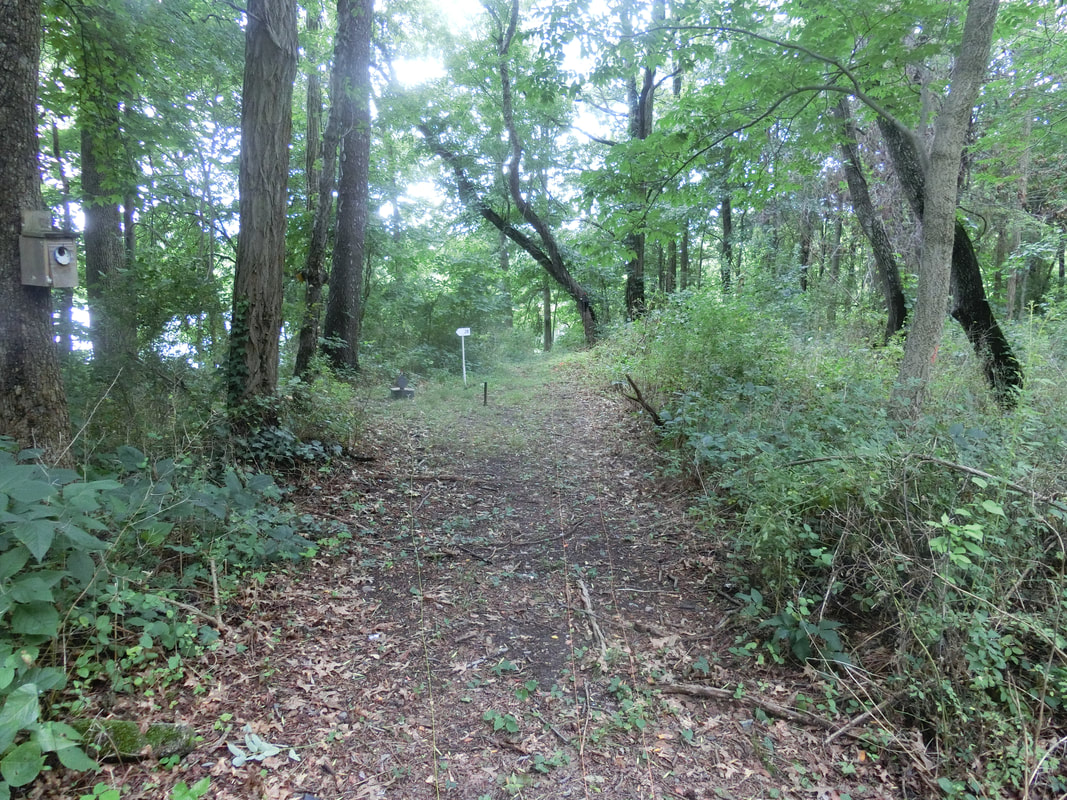
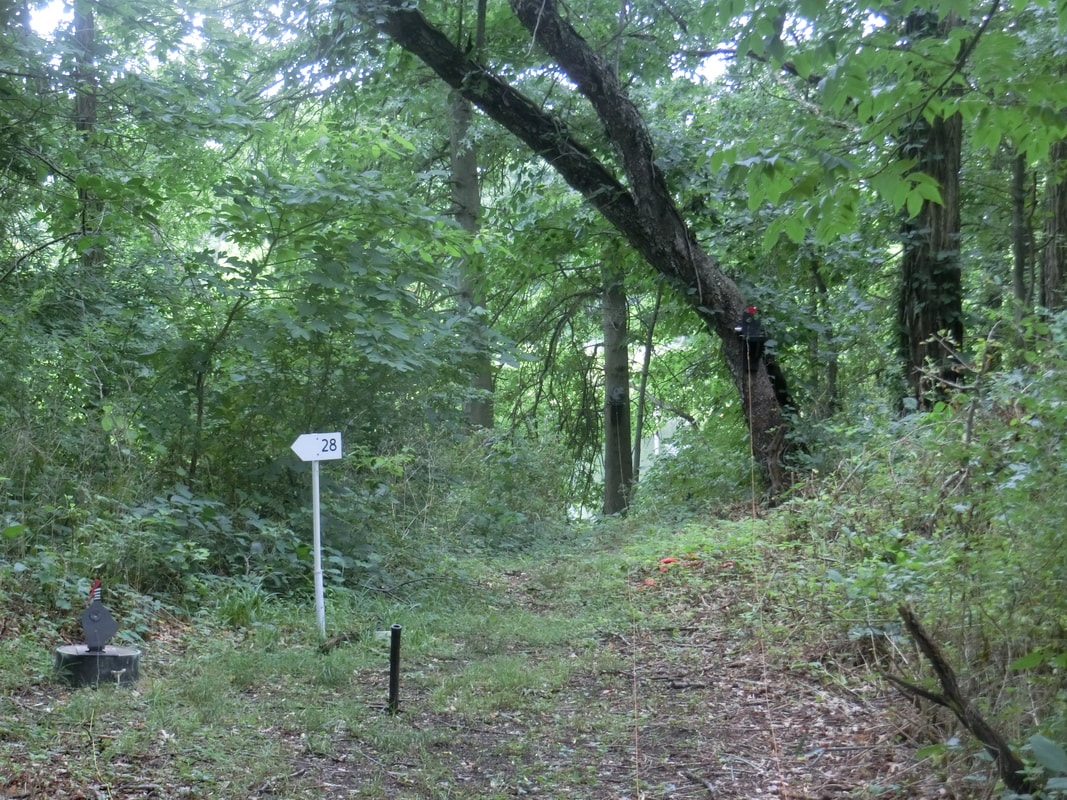
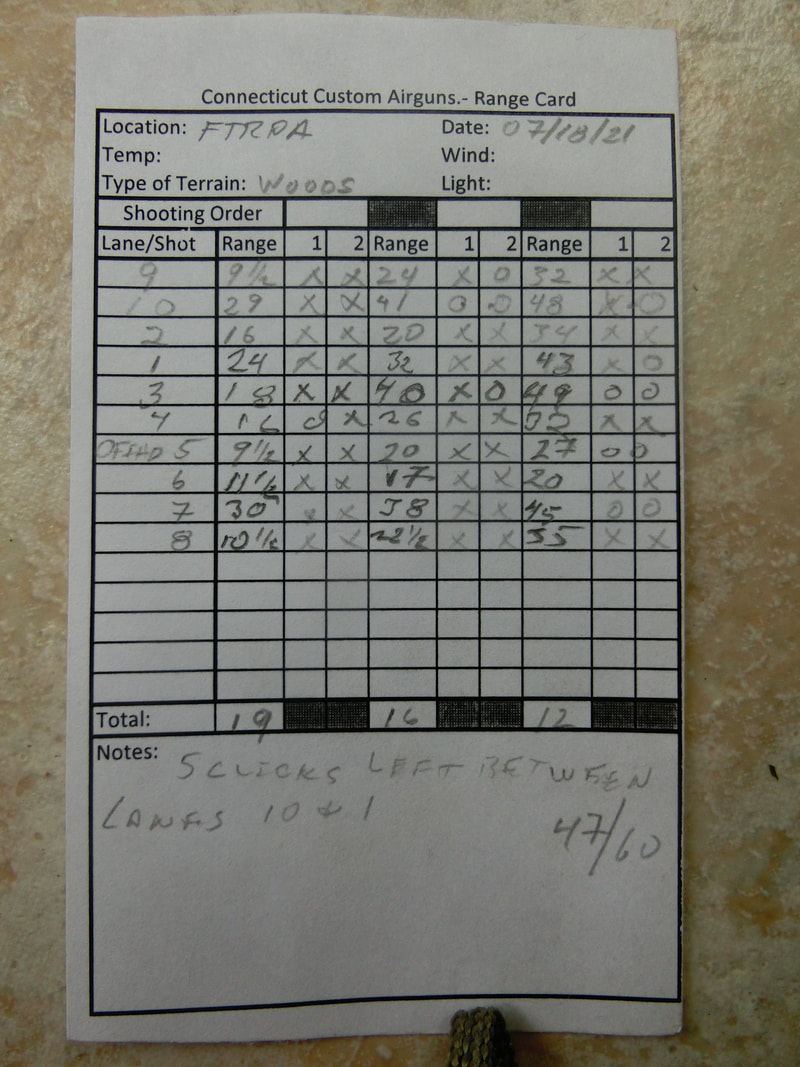
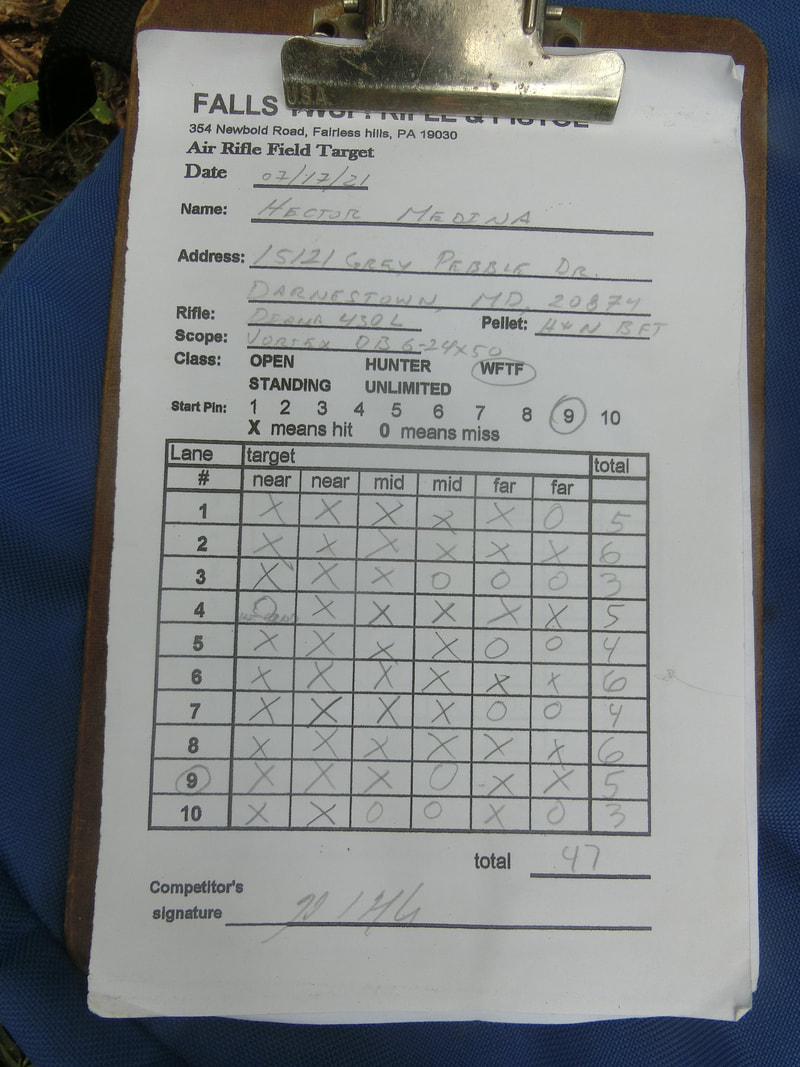
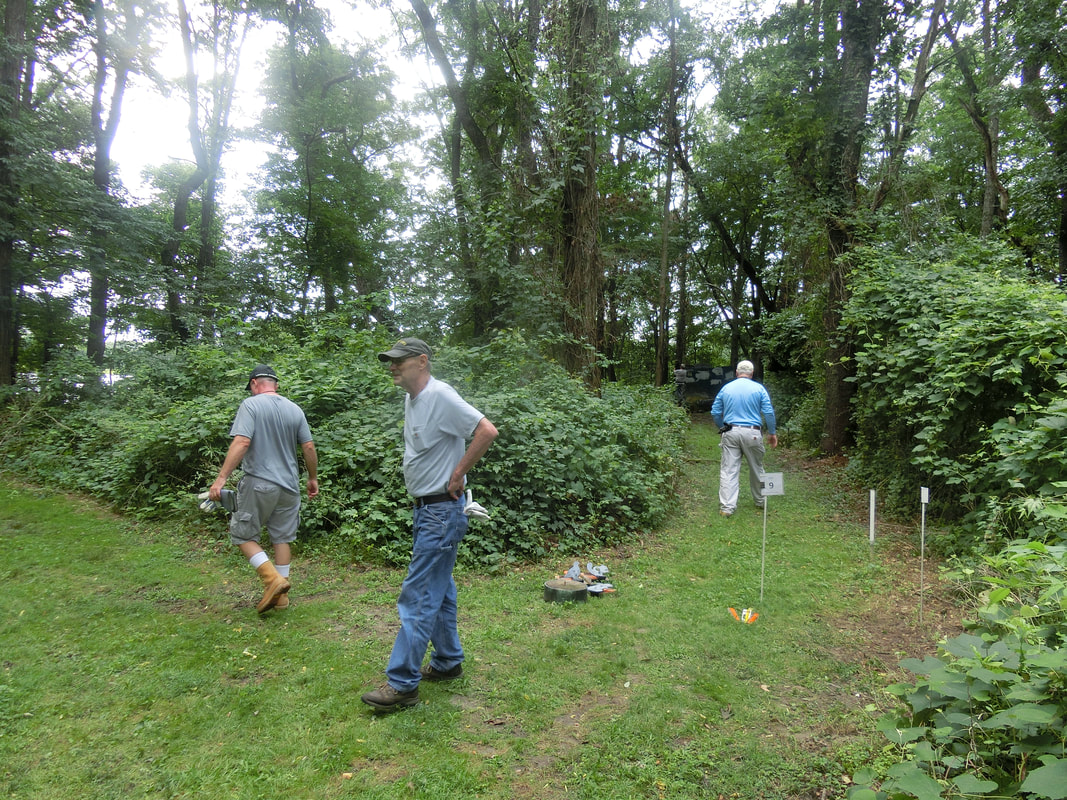
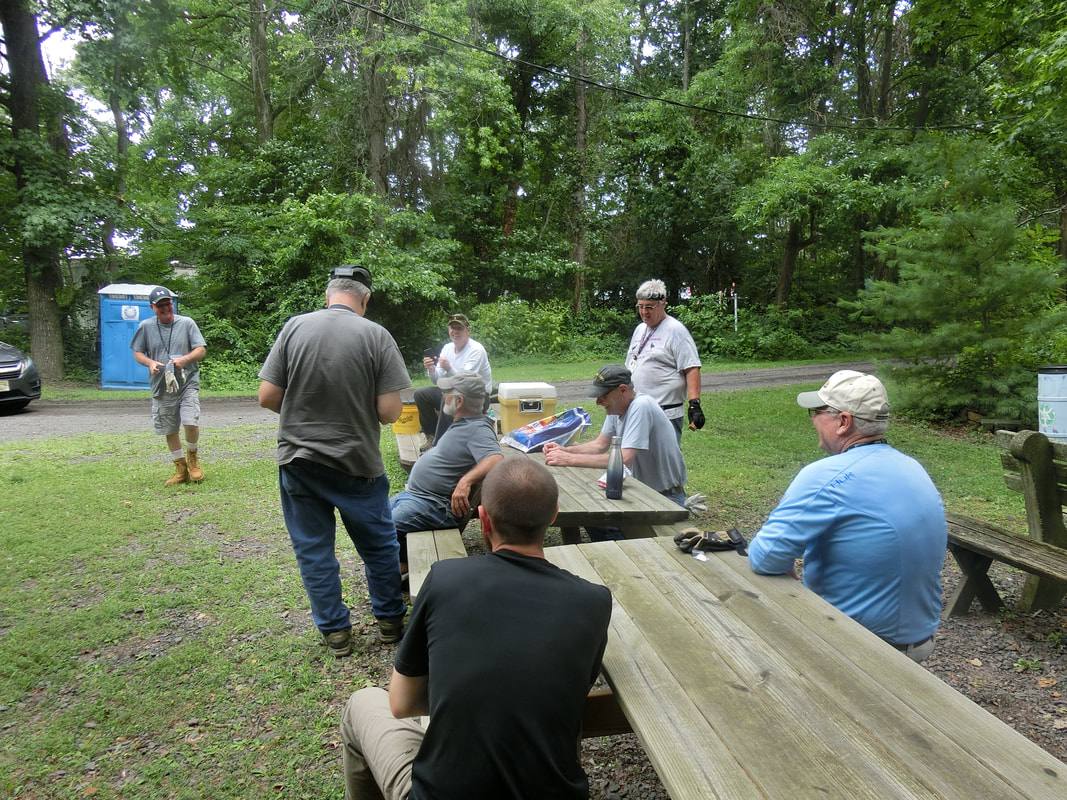

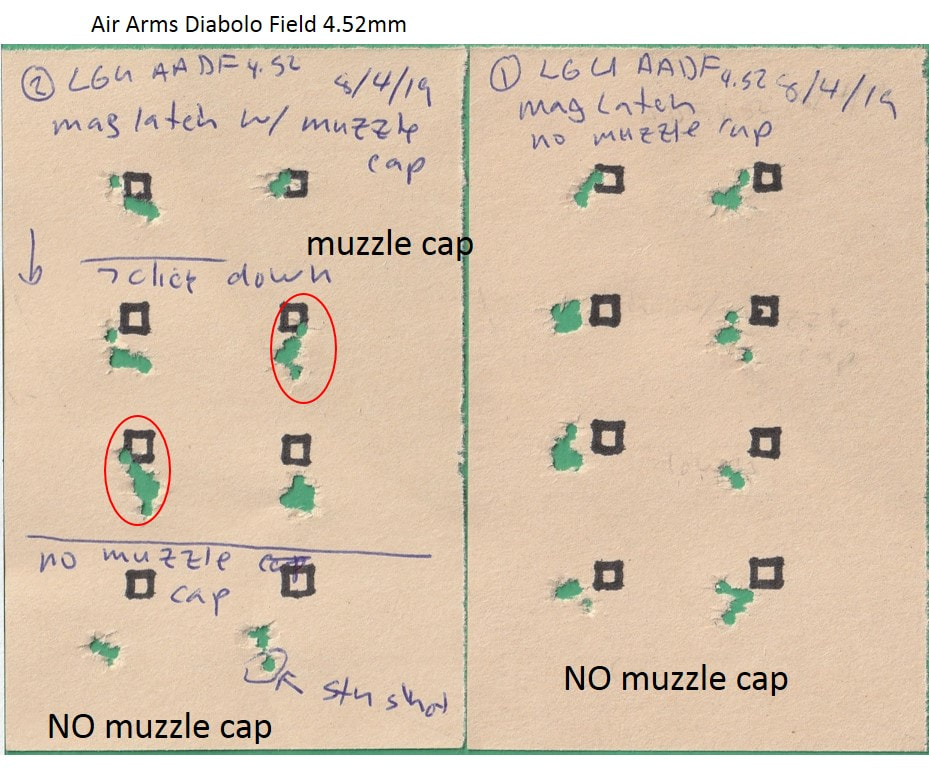
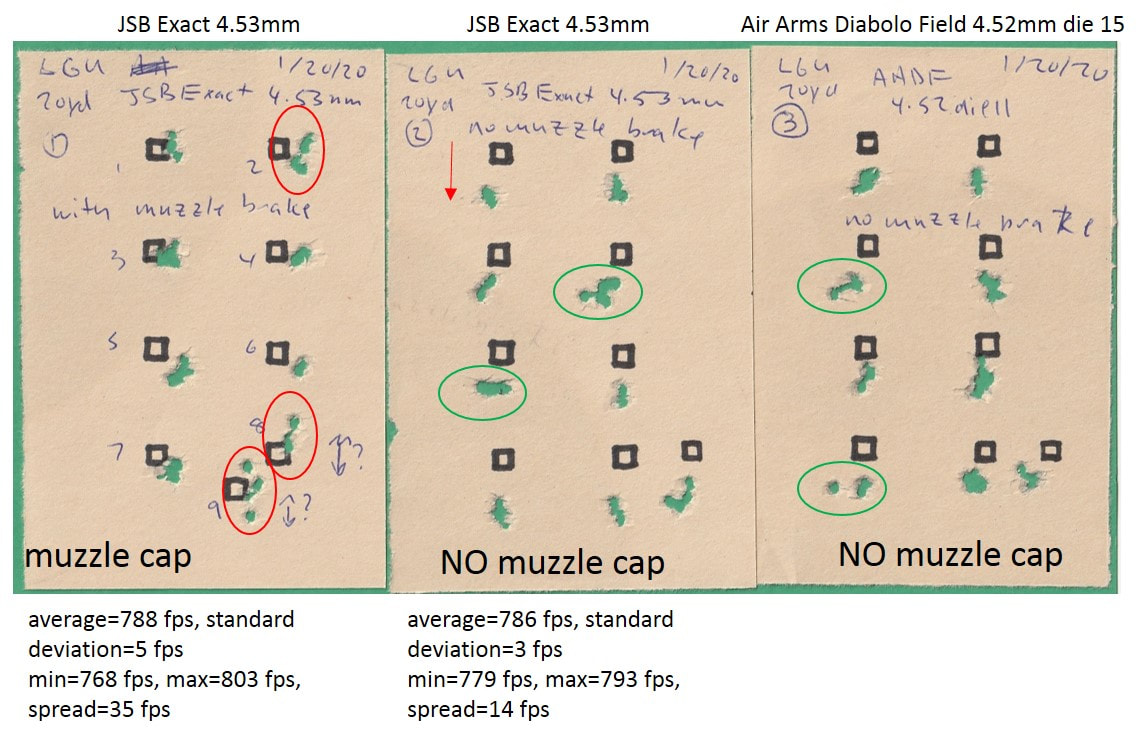
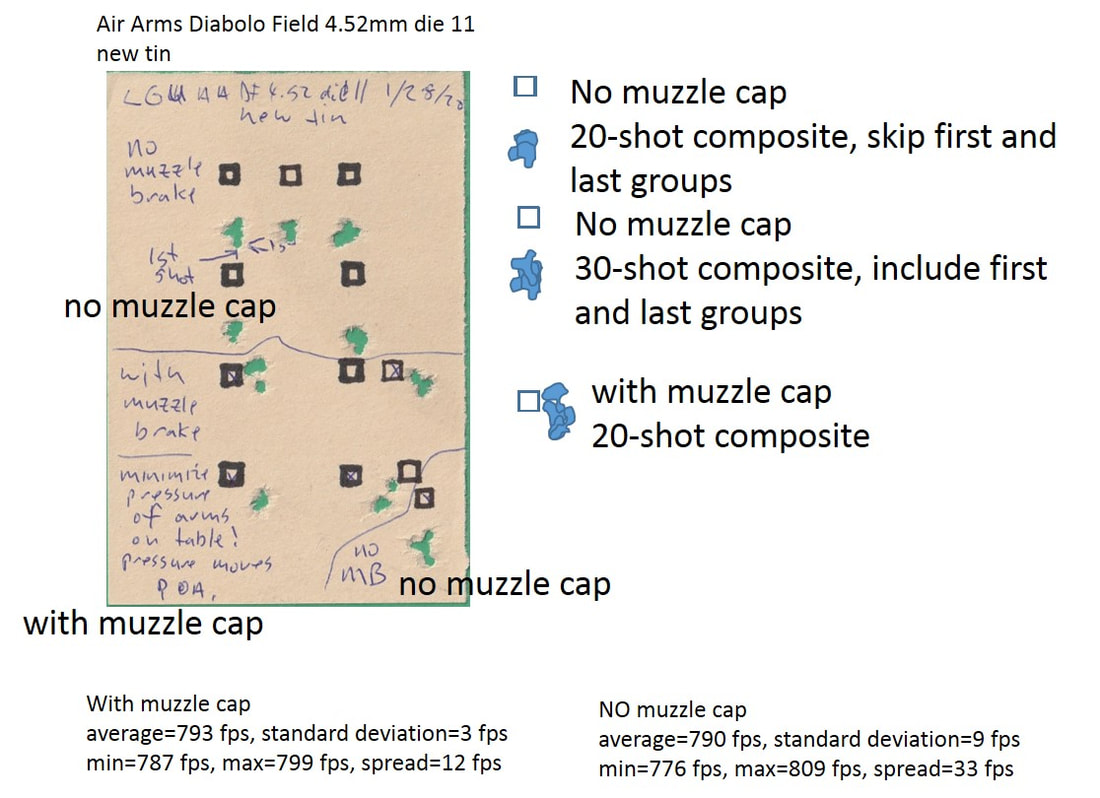
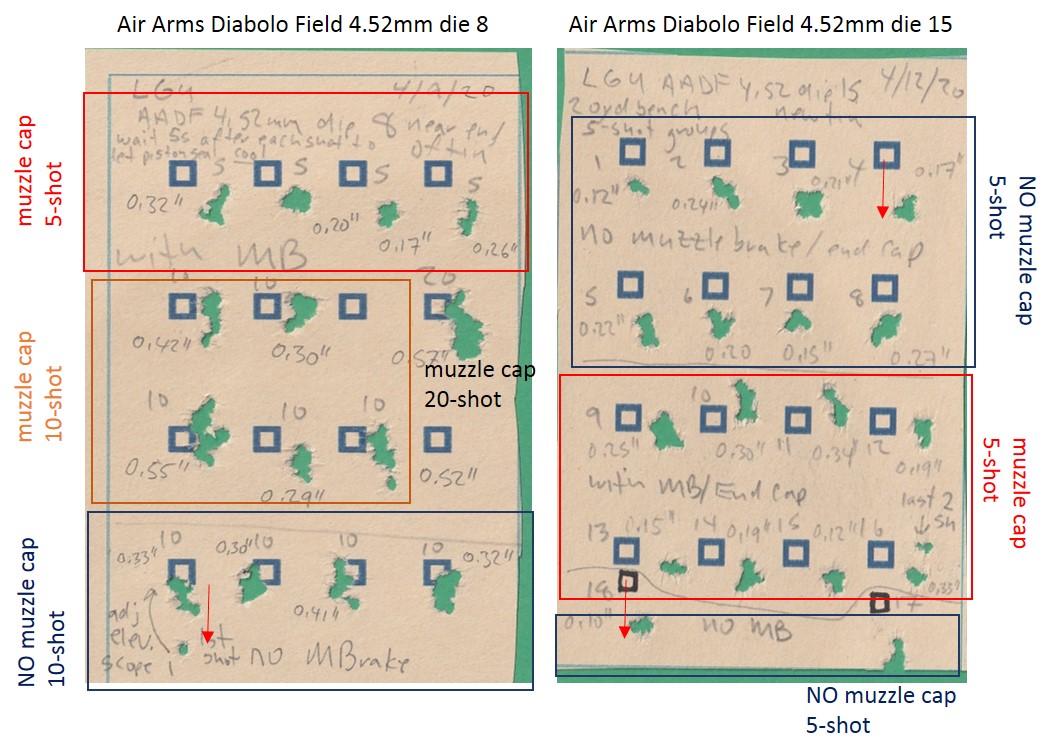
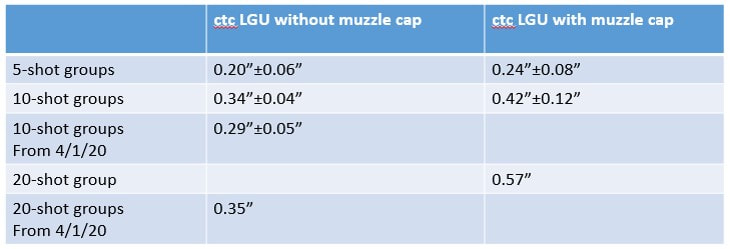

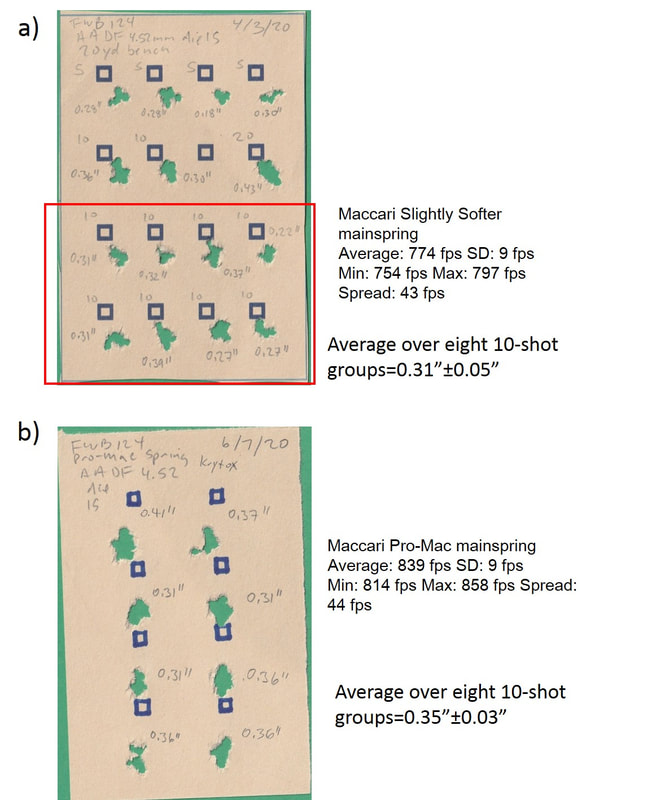
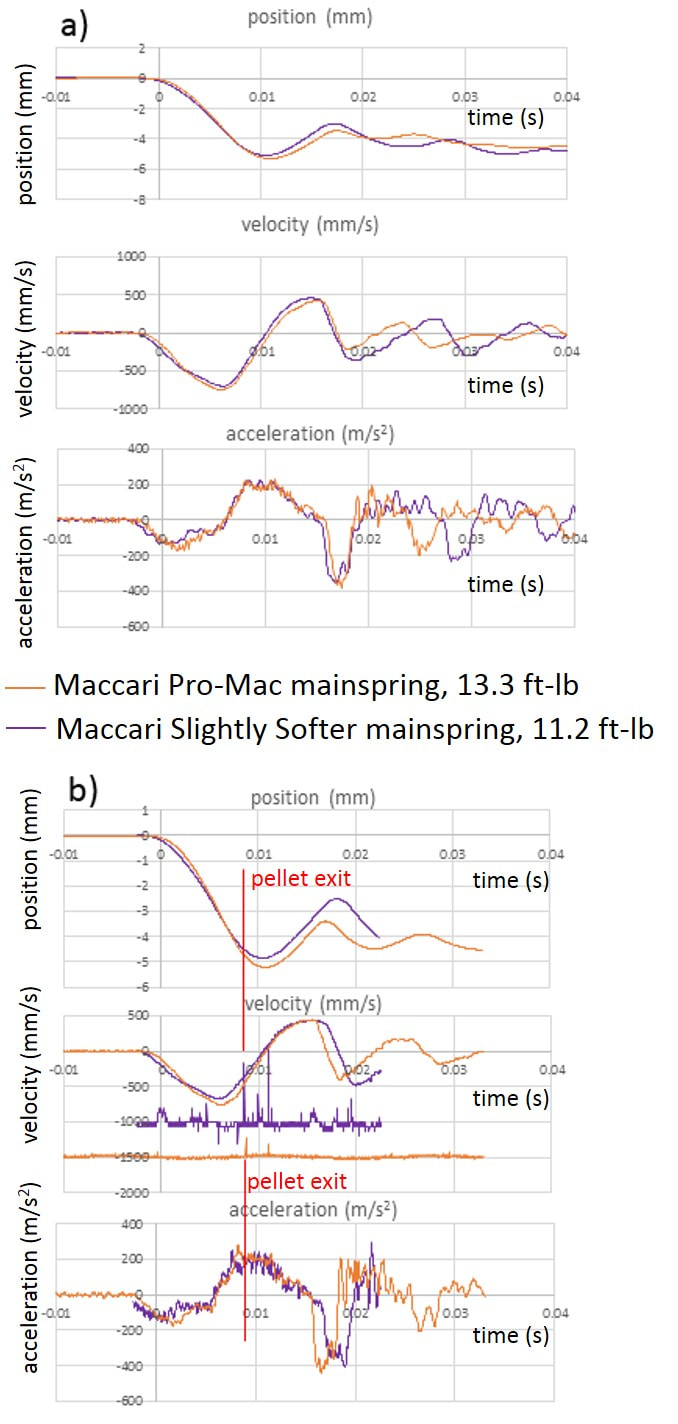
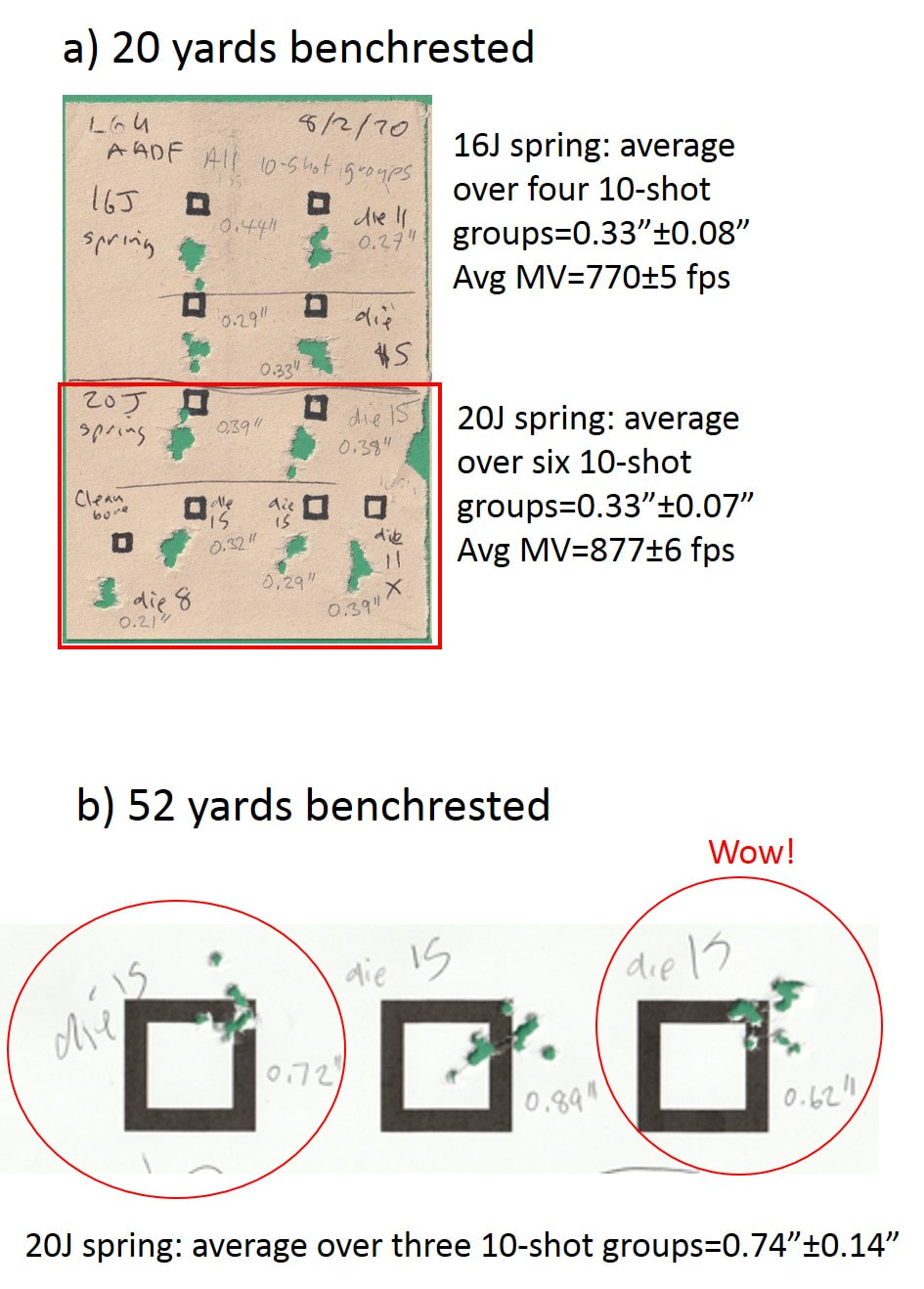
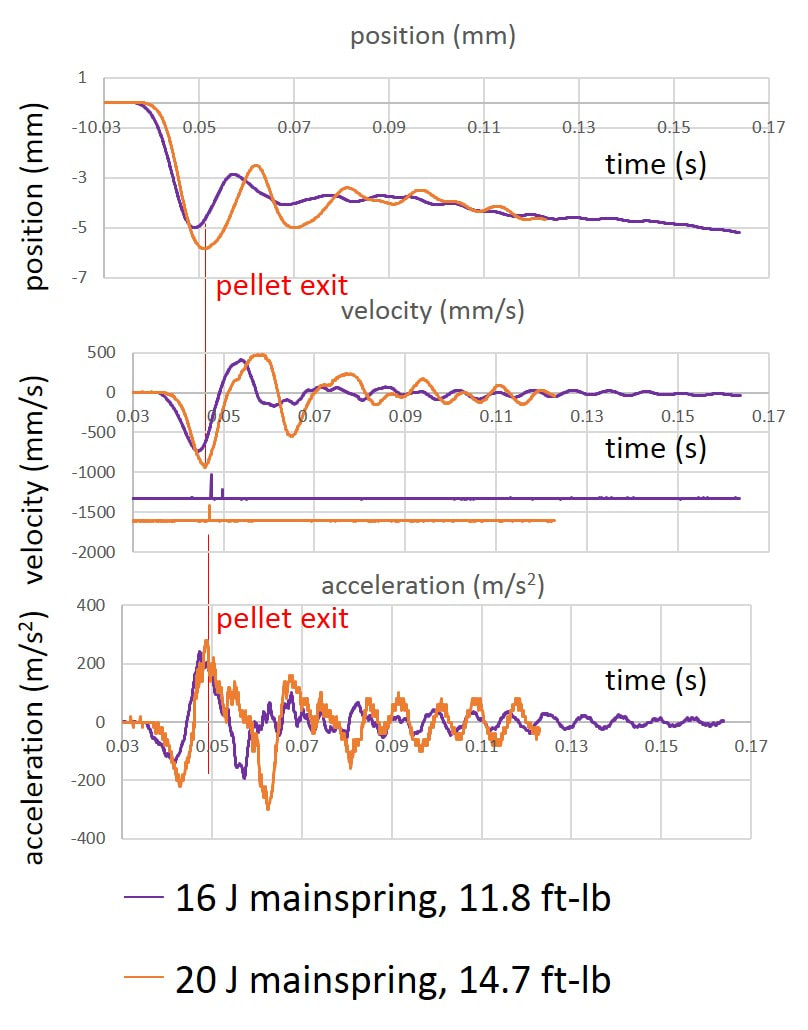
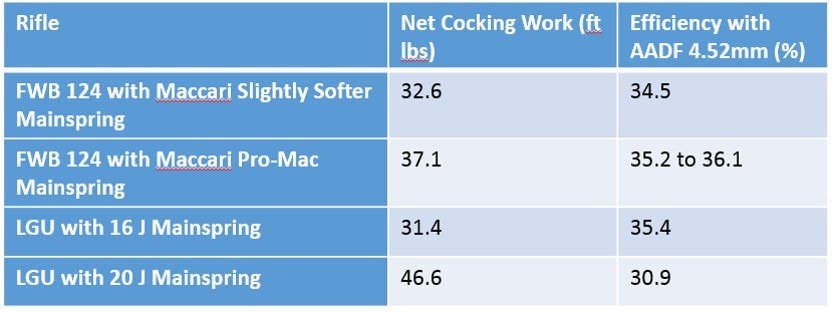
 RSS Feed
RSS Feed